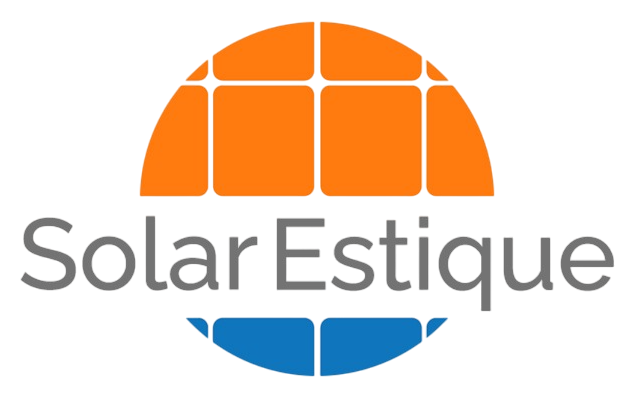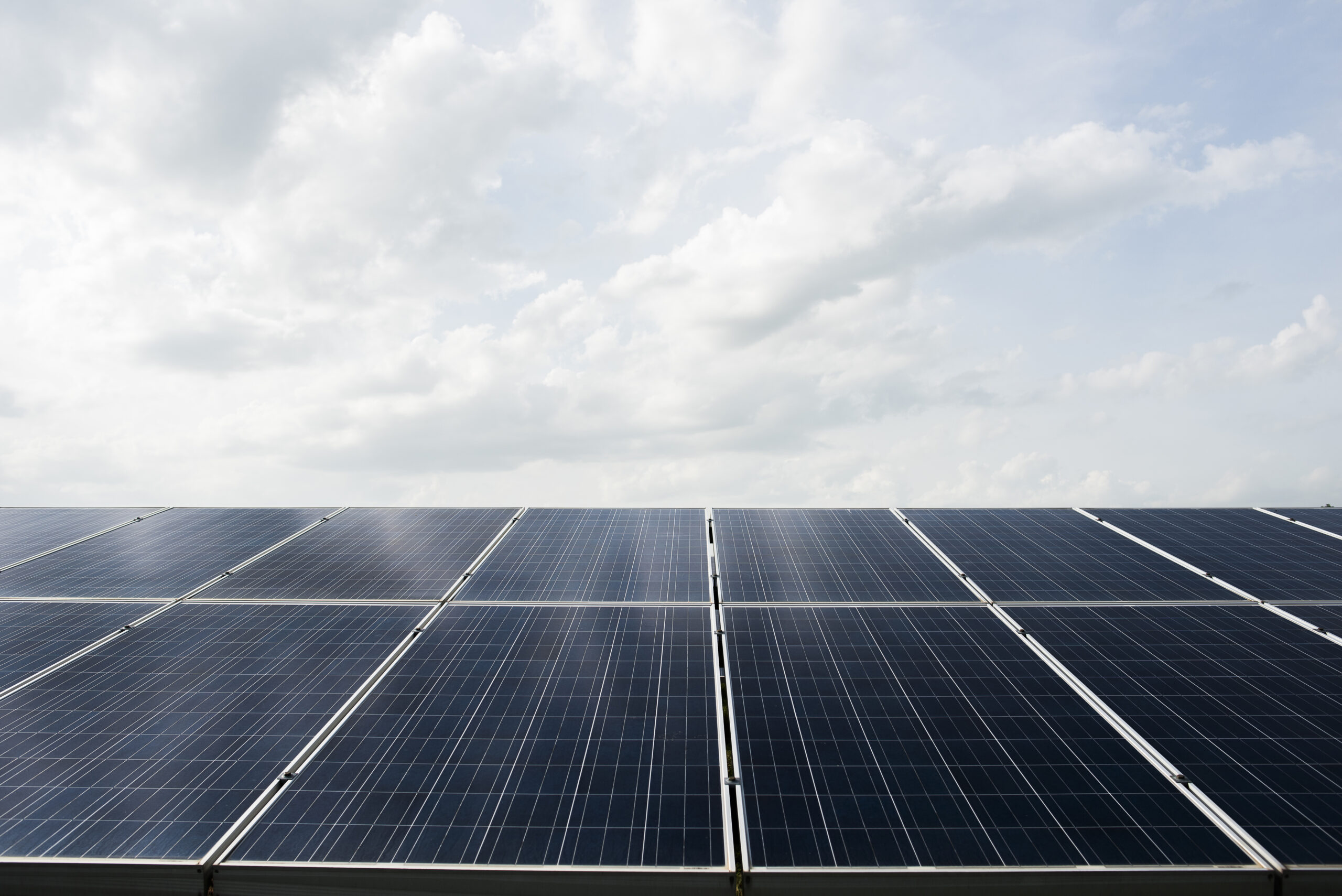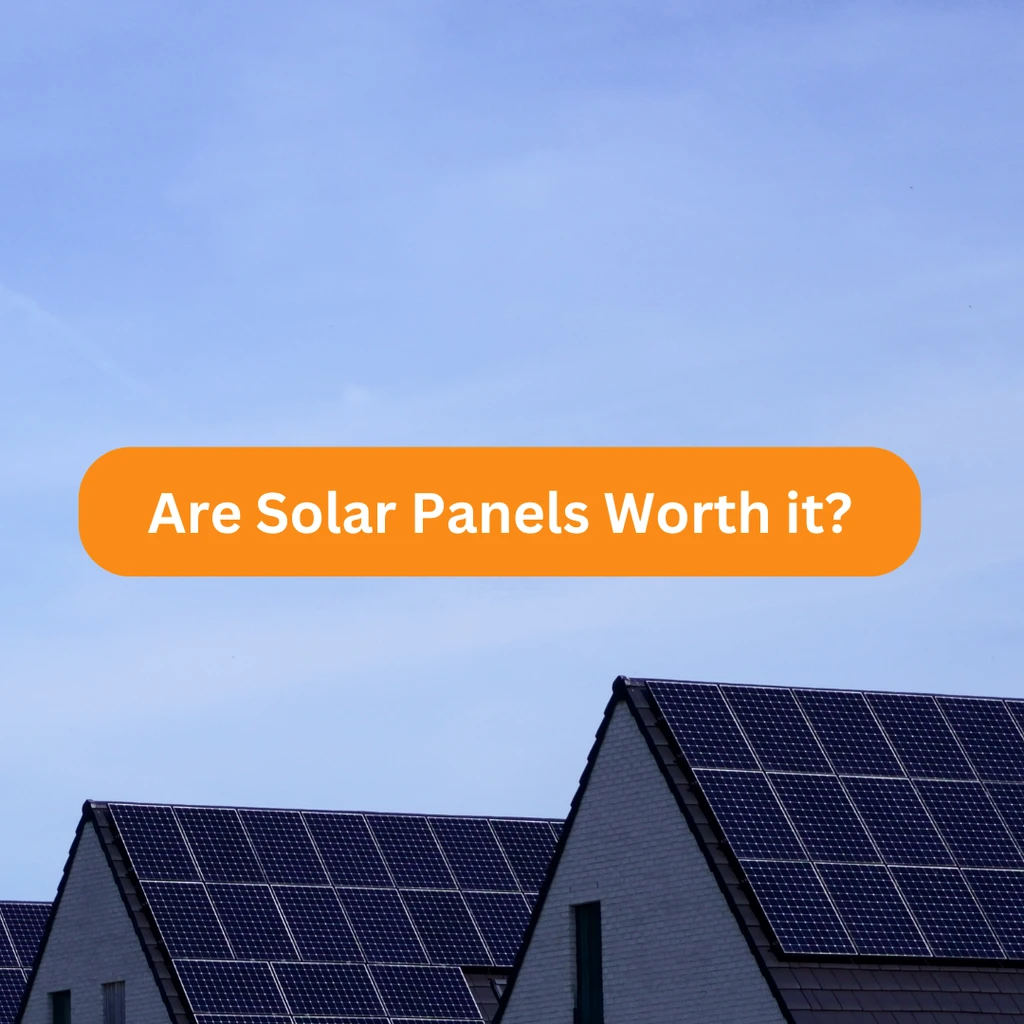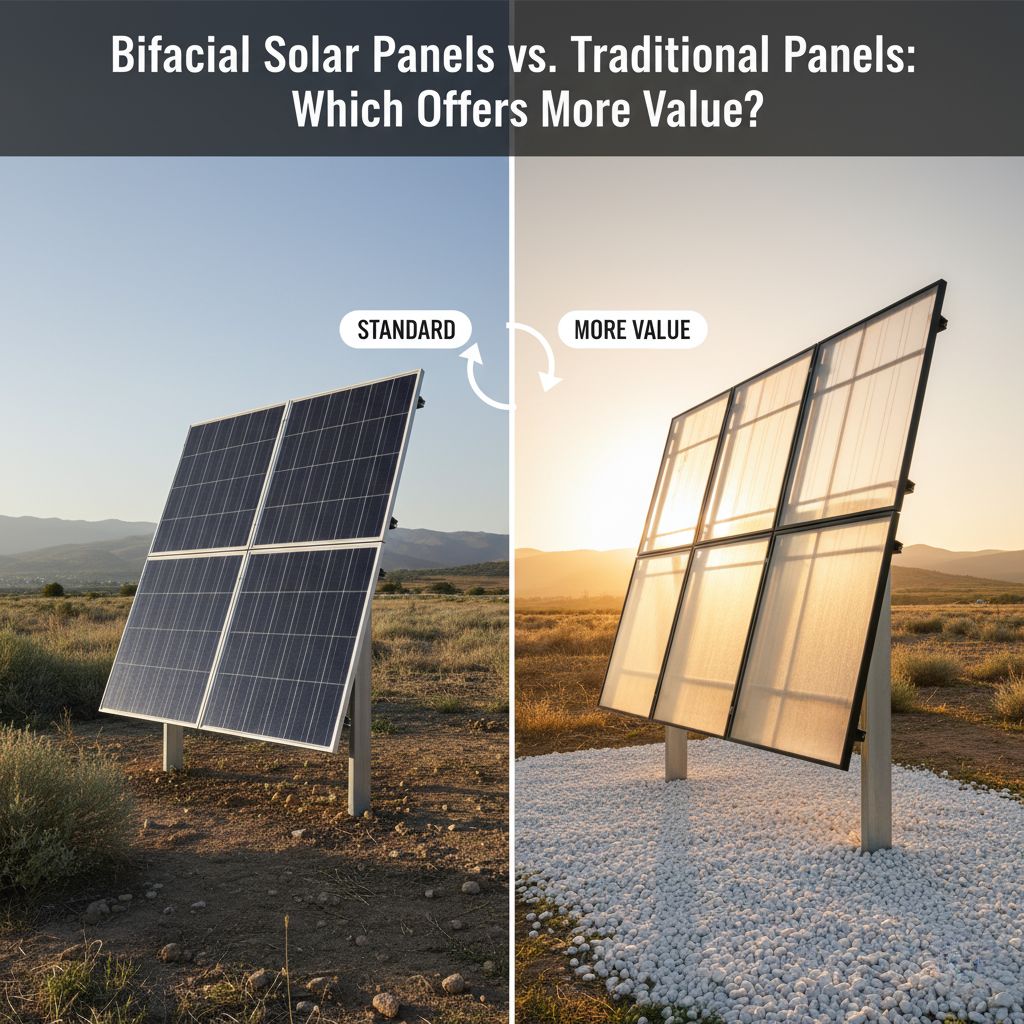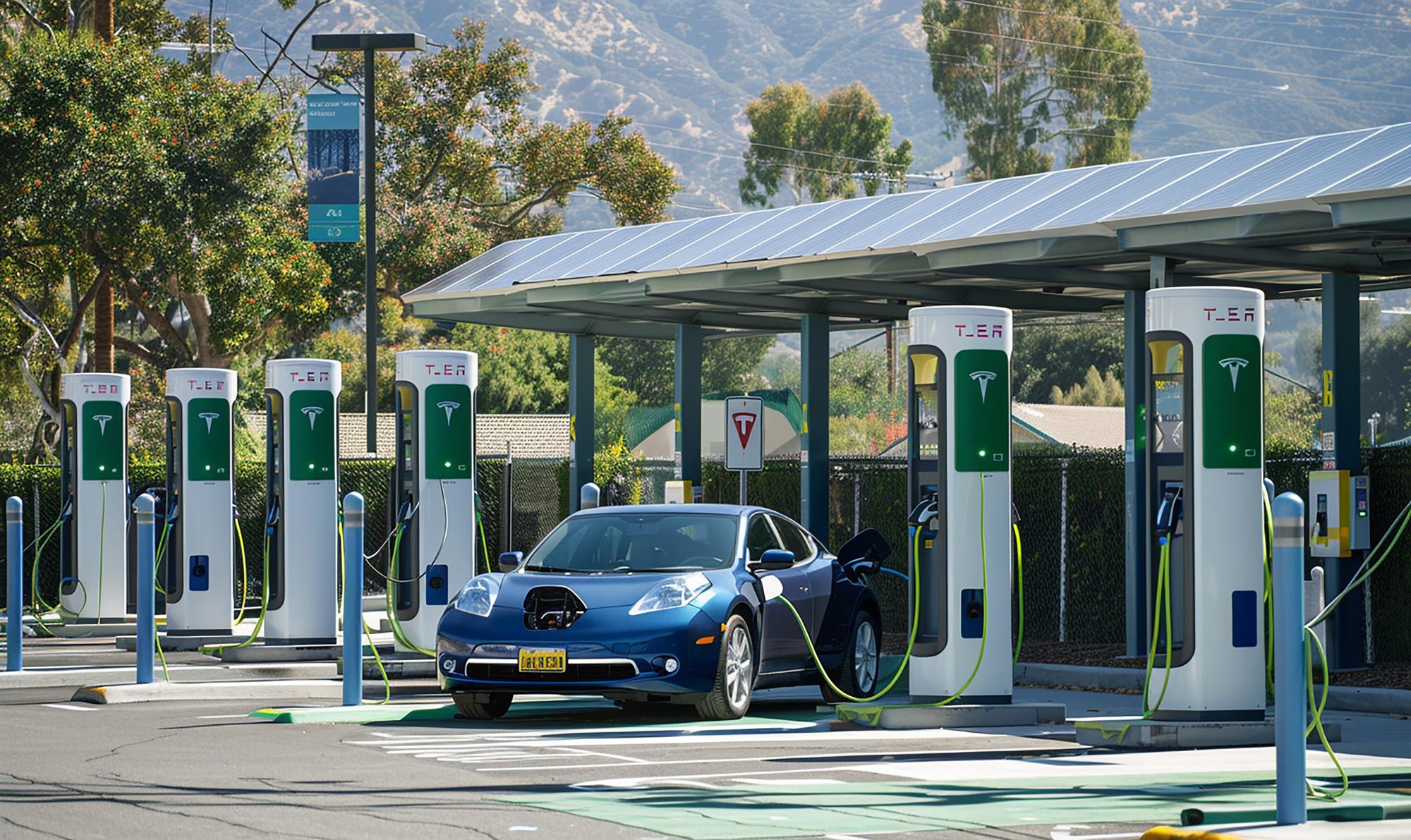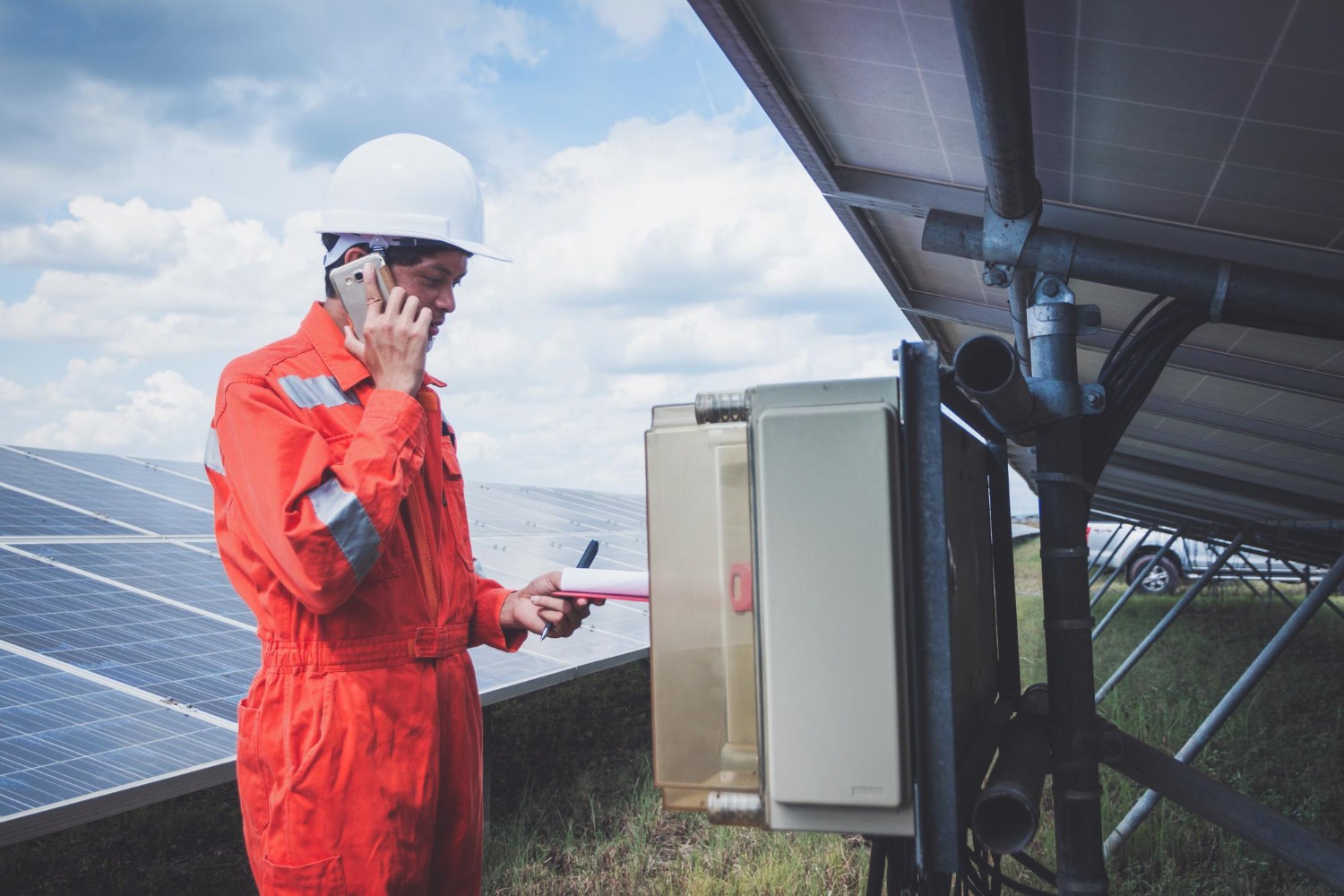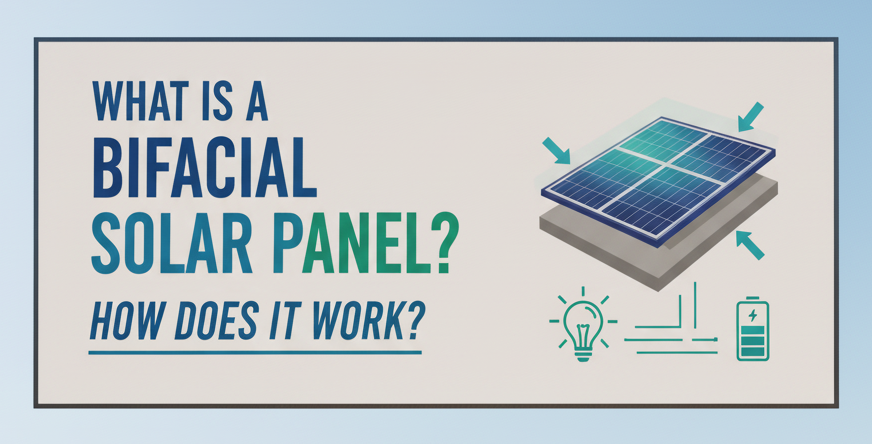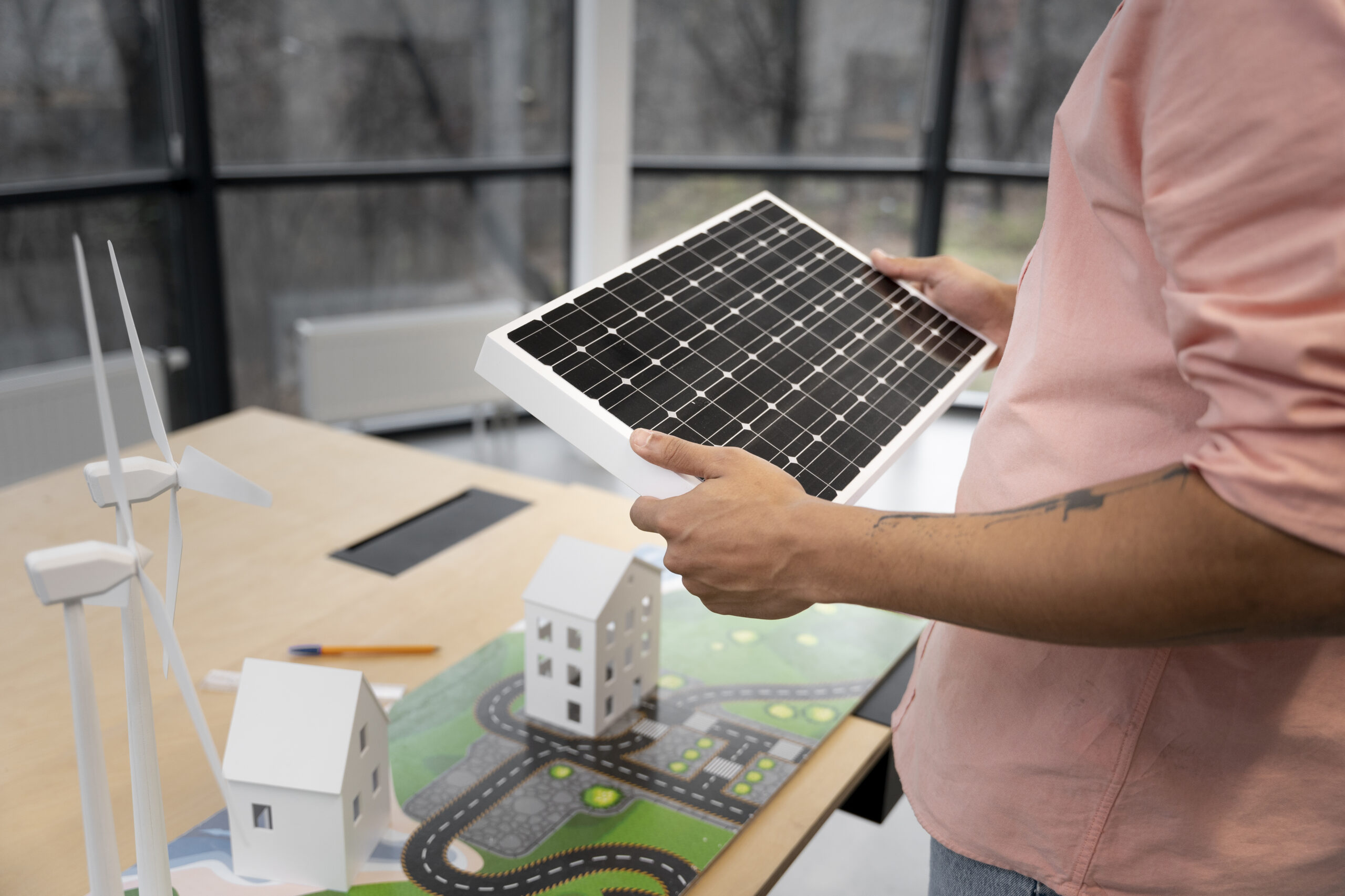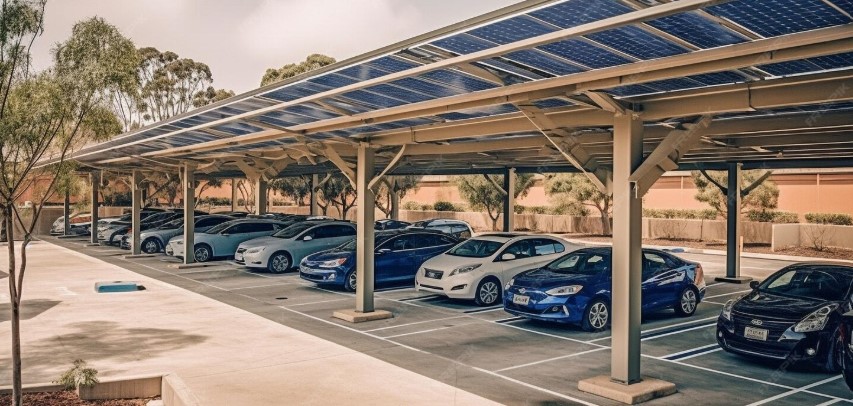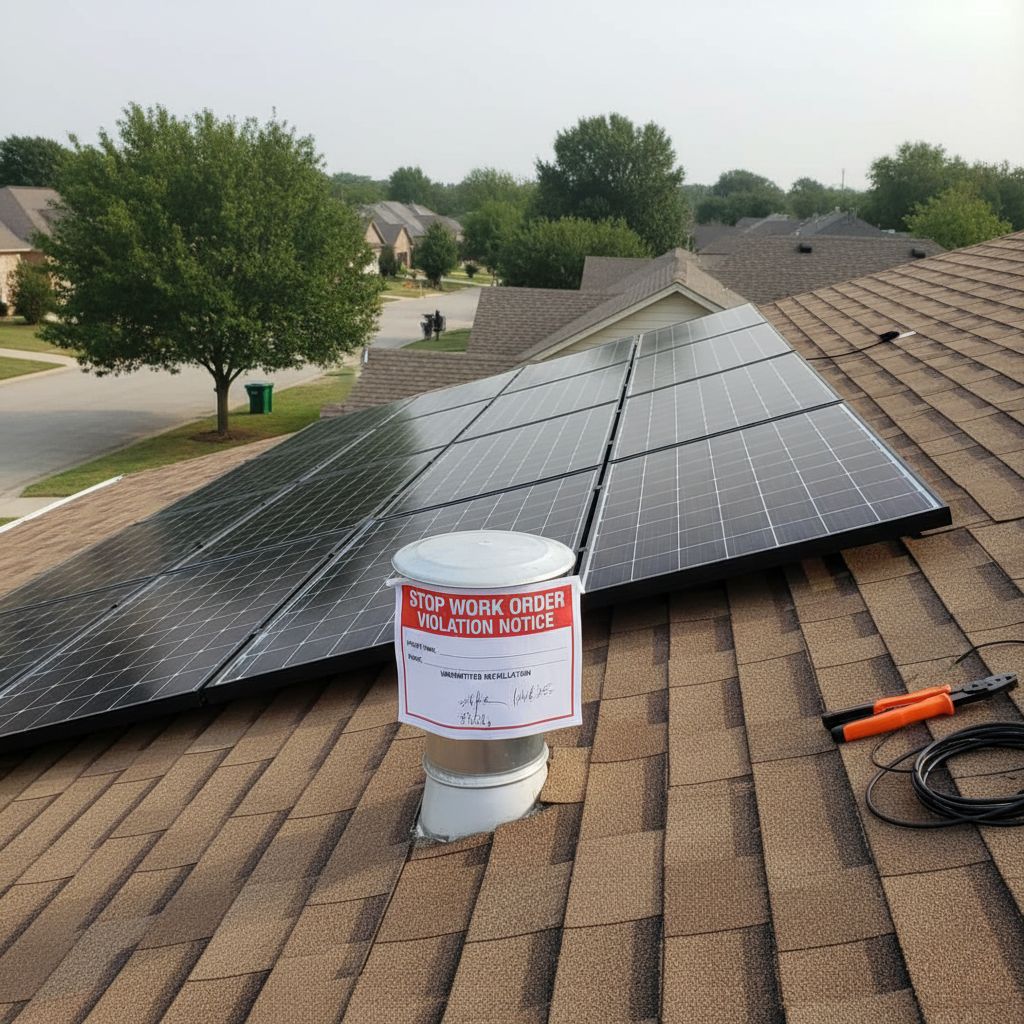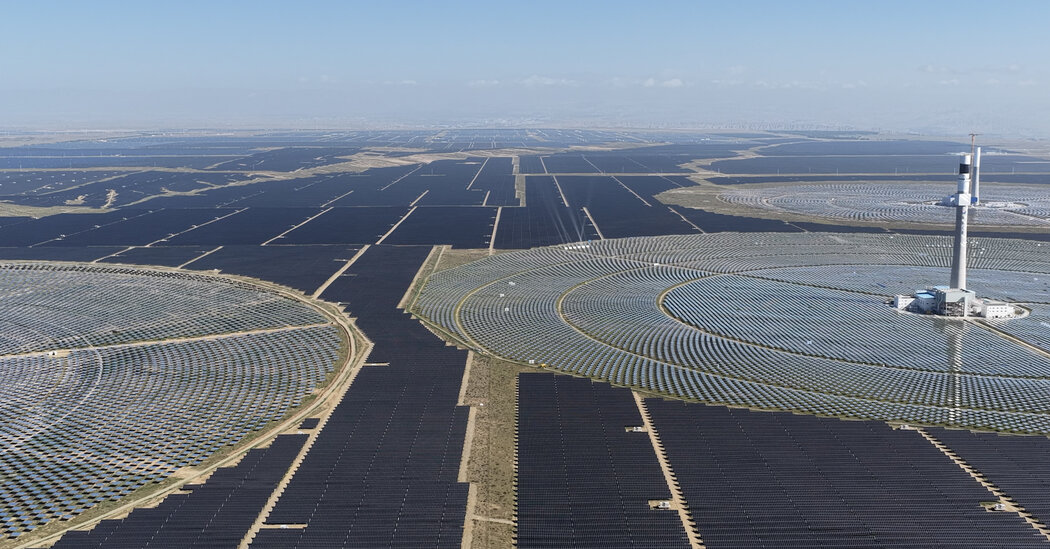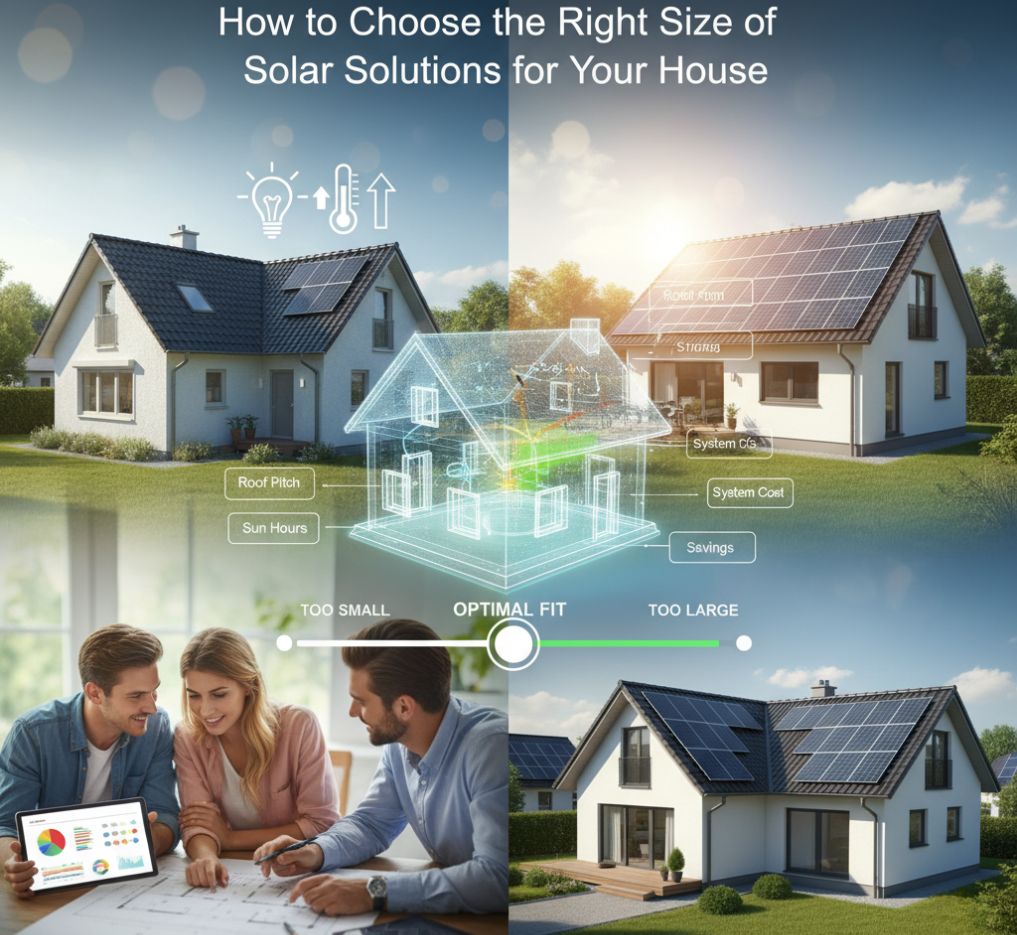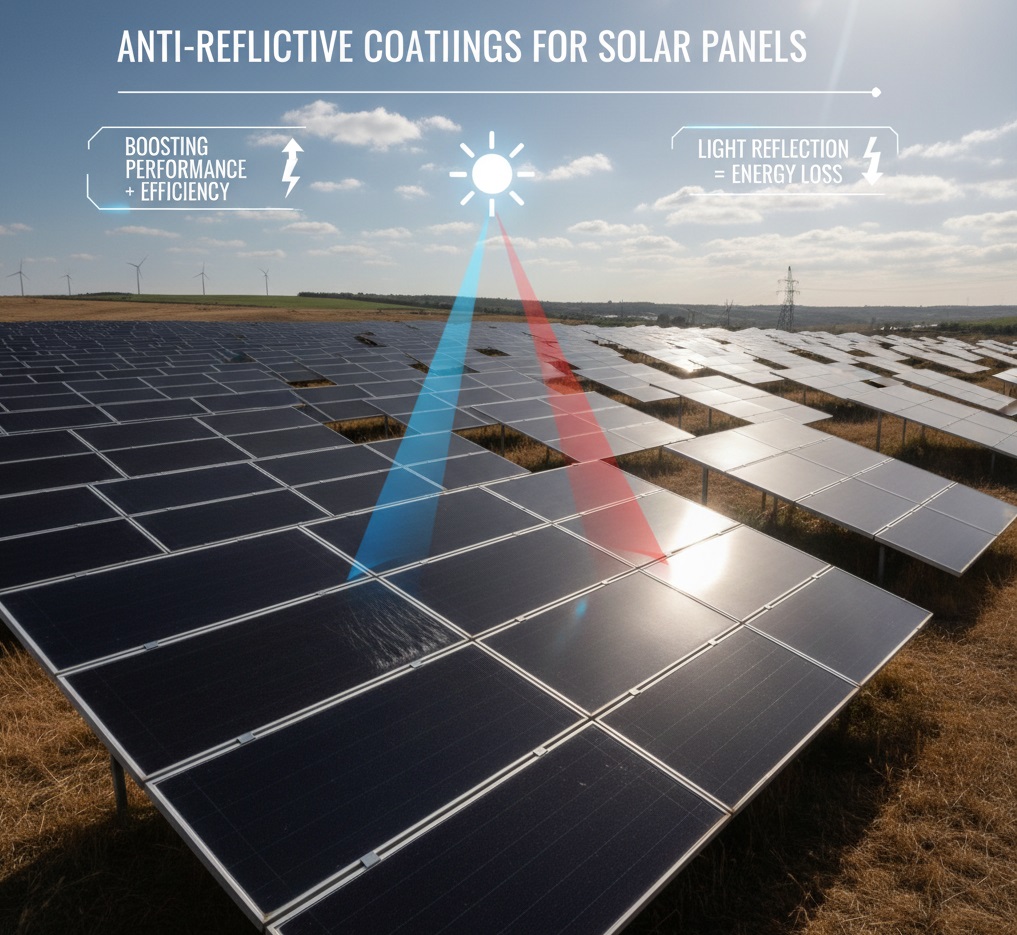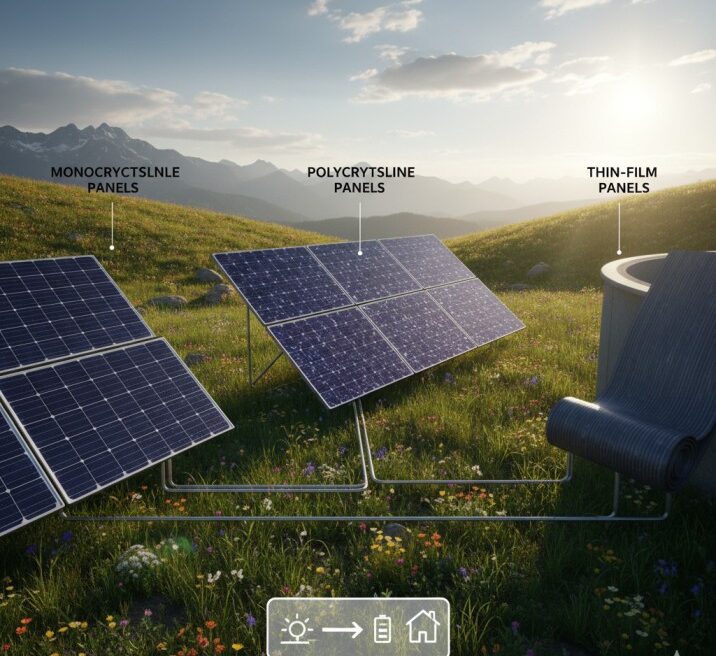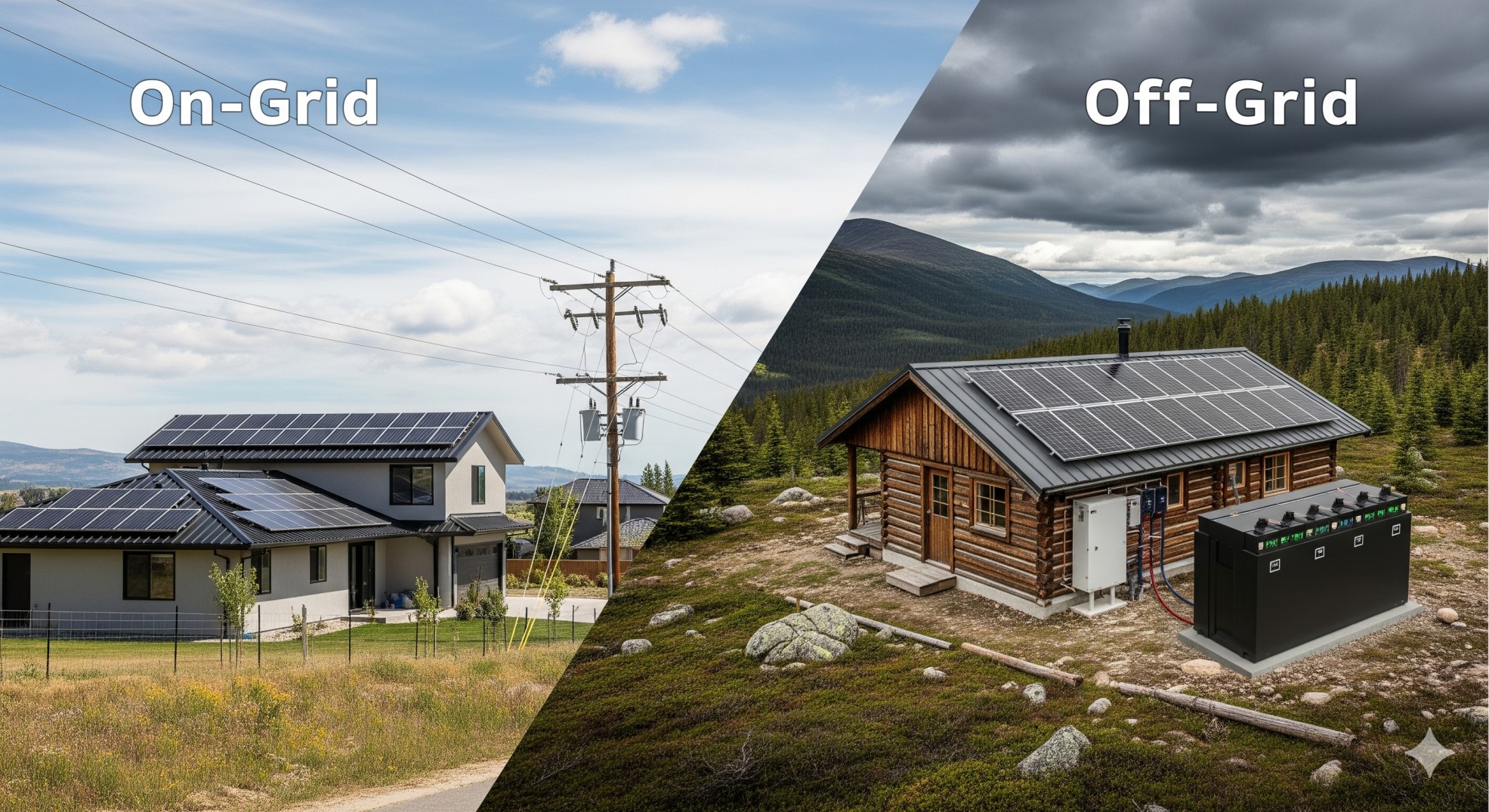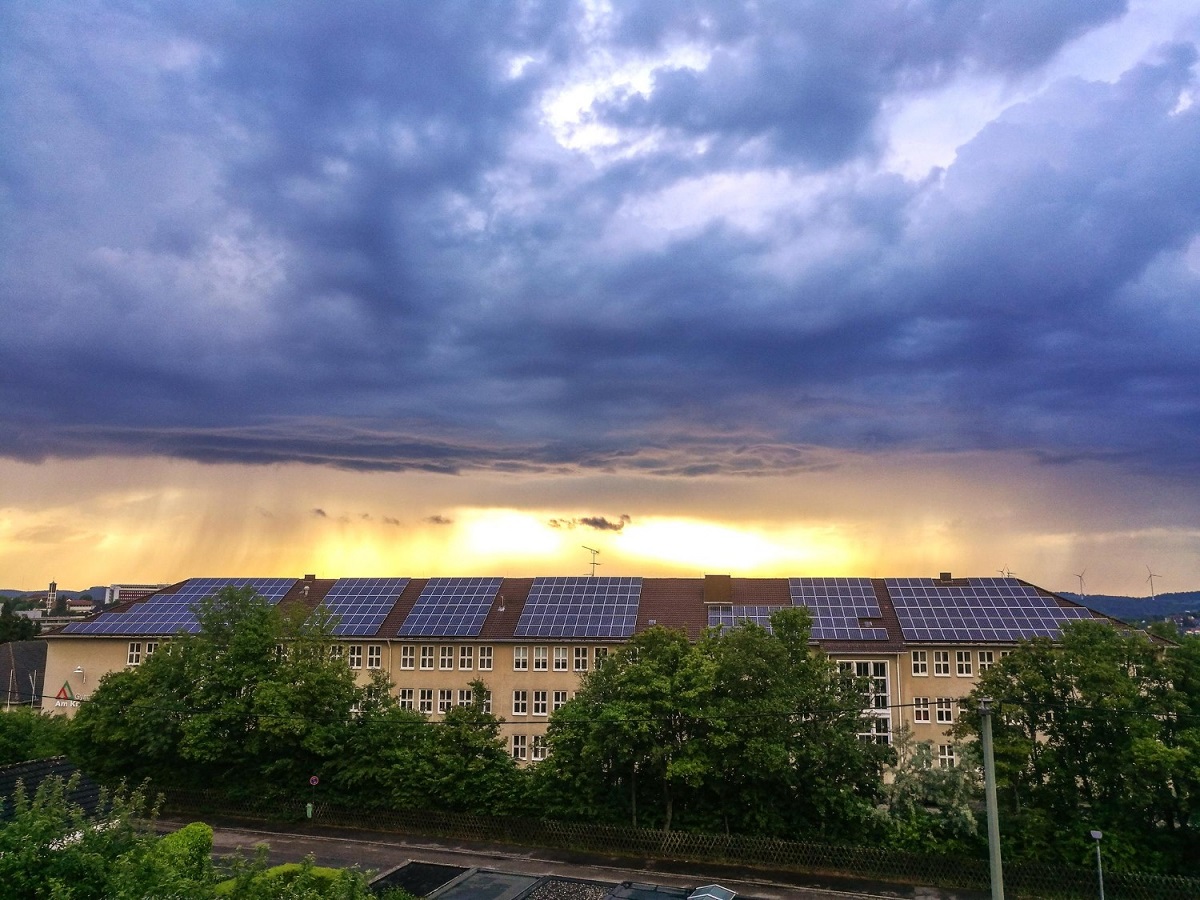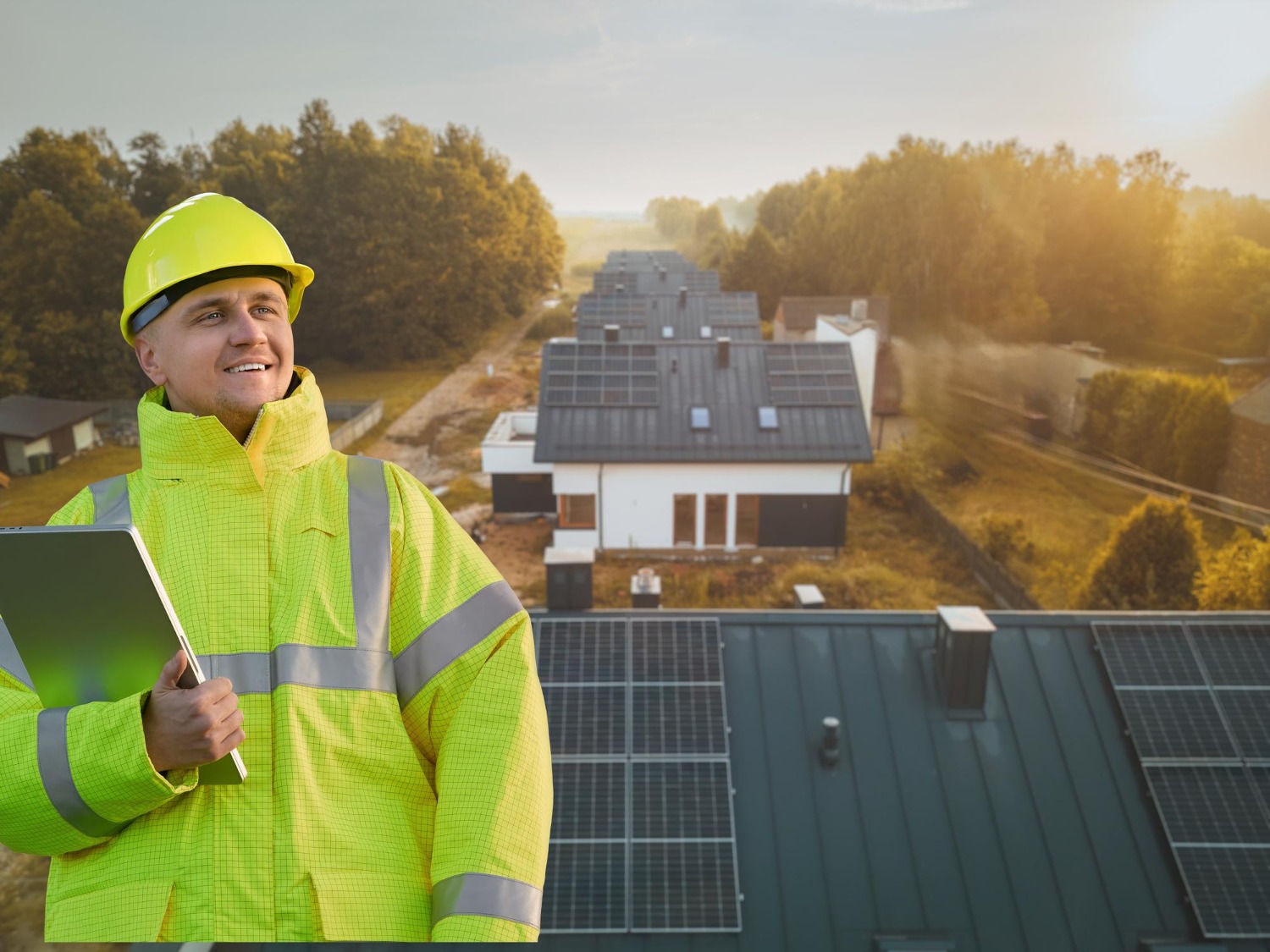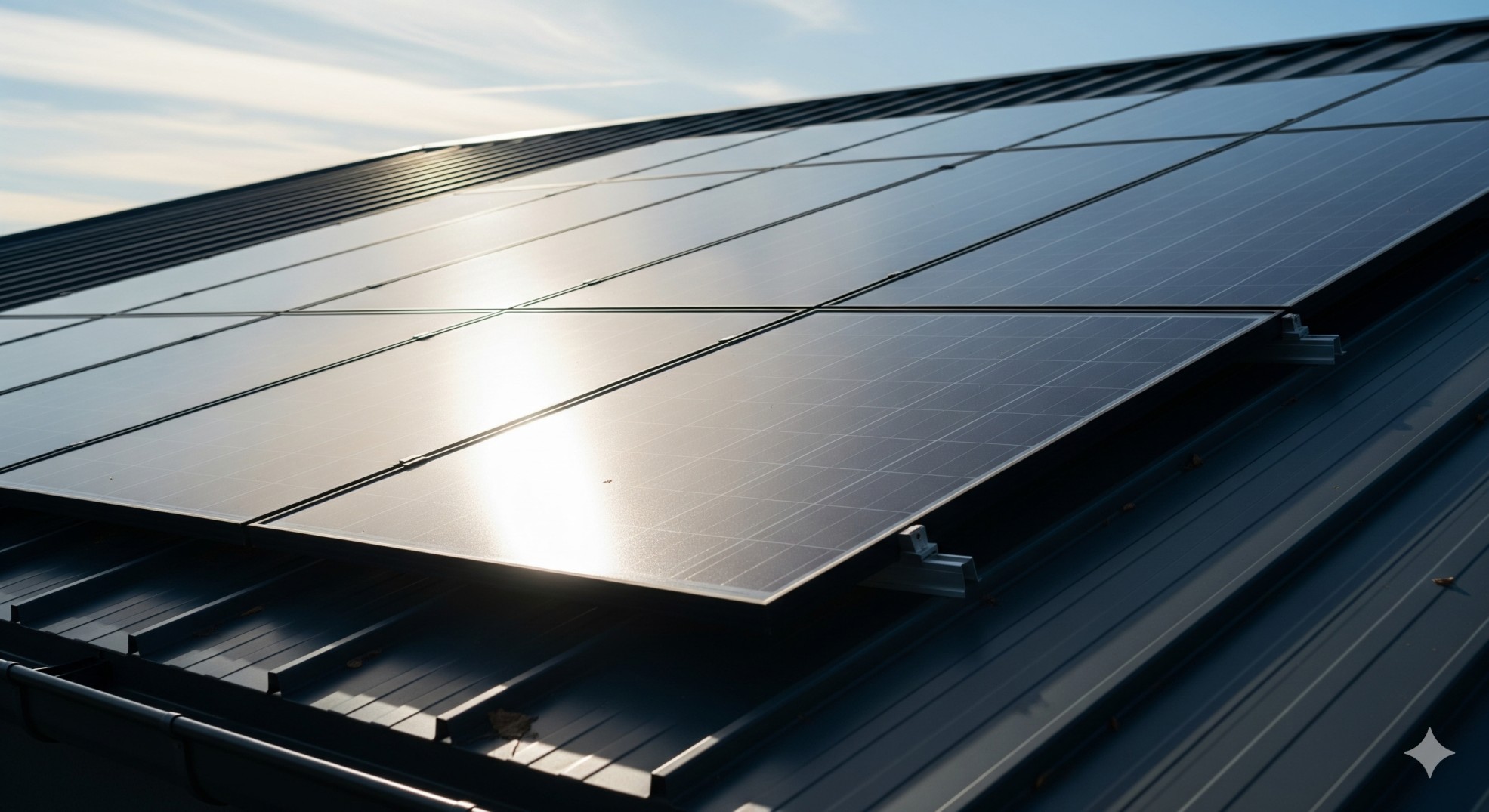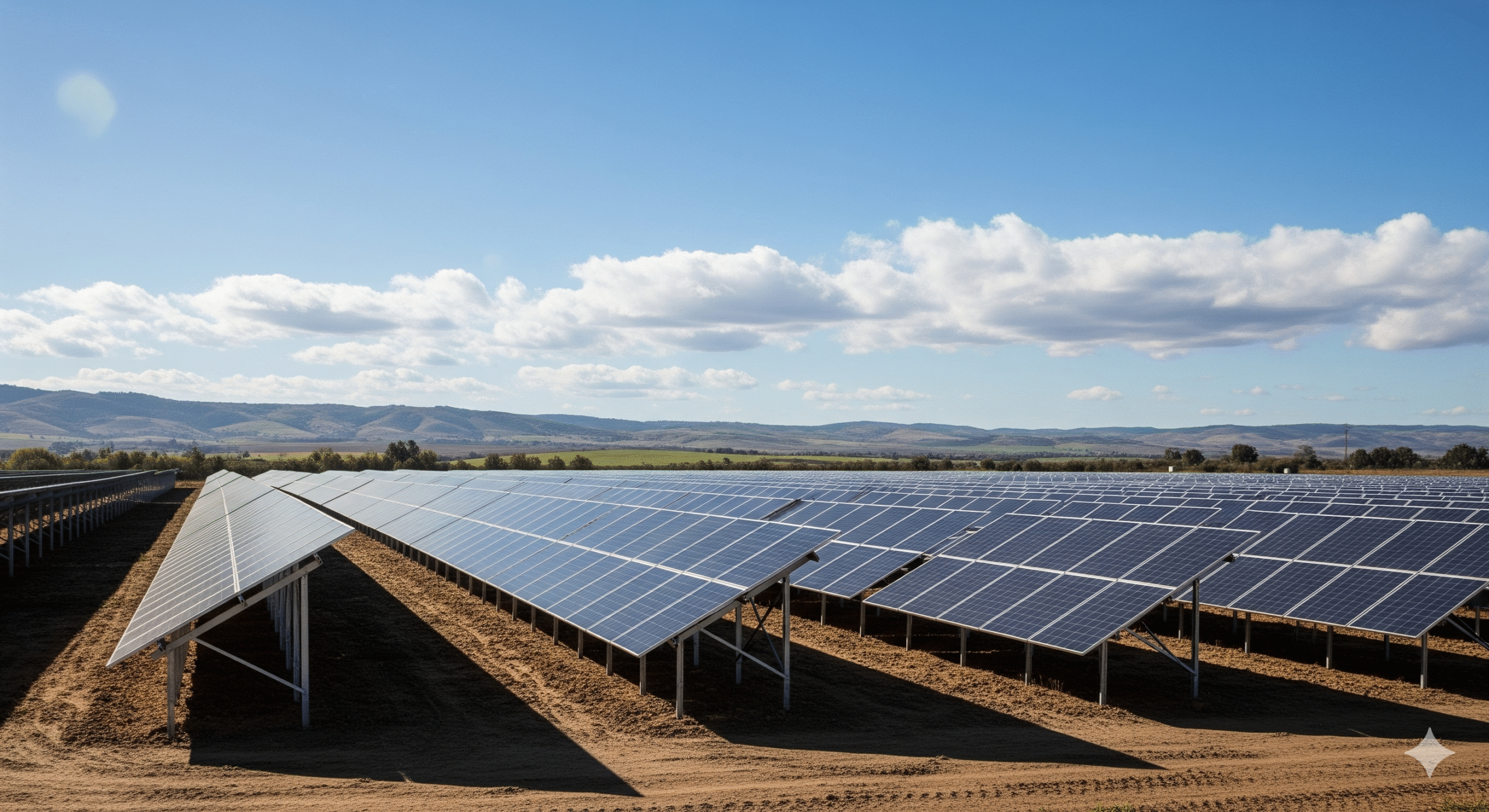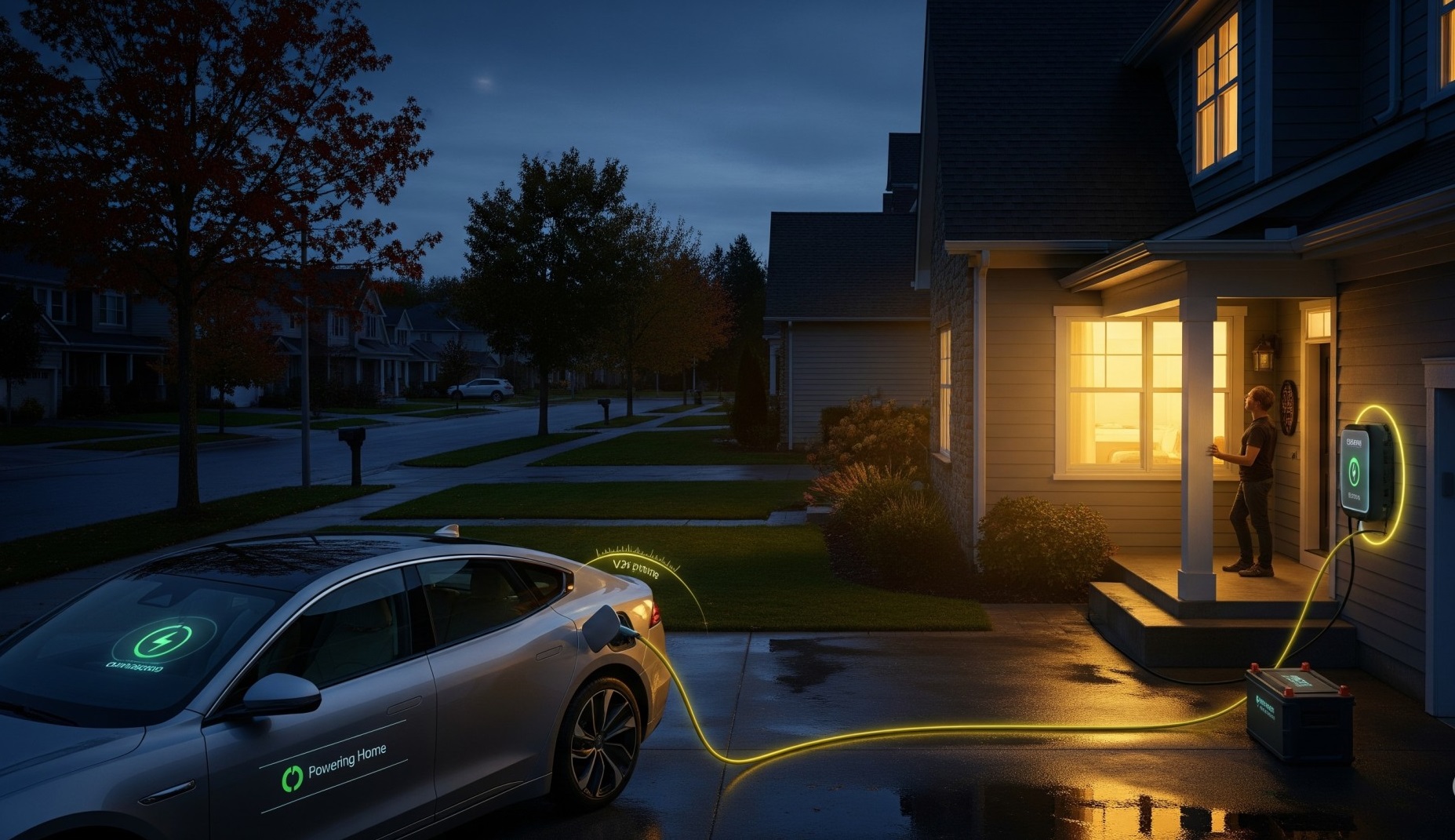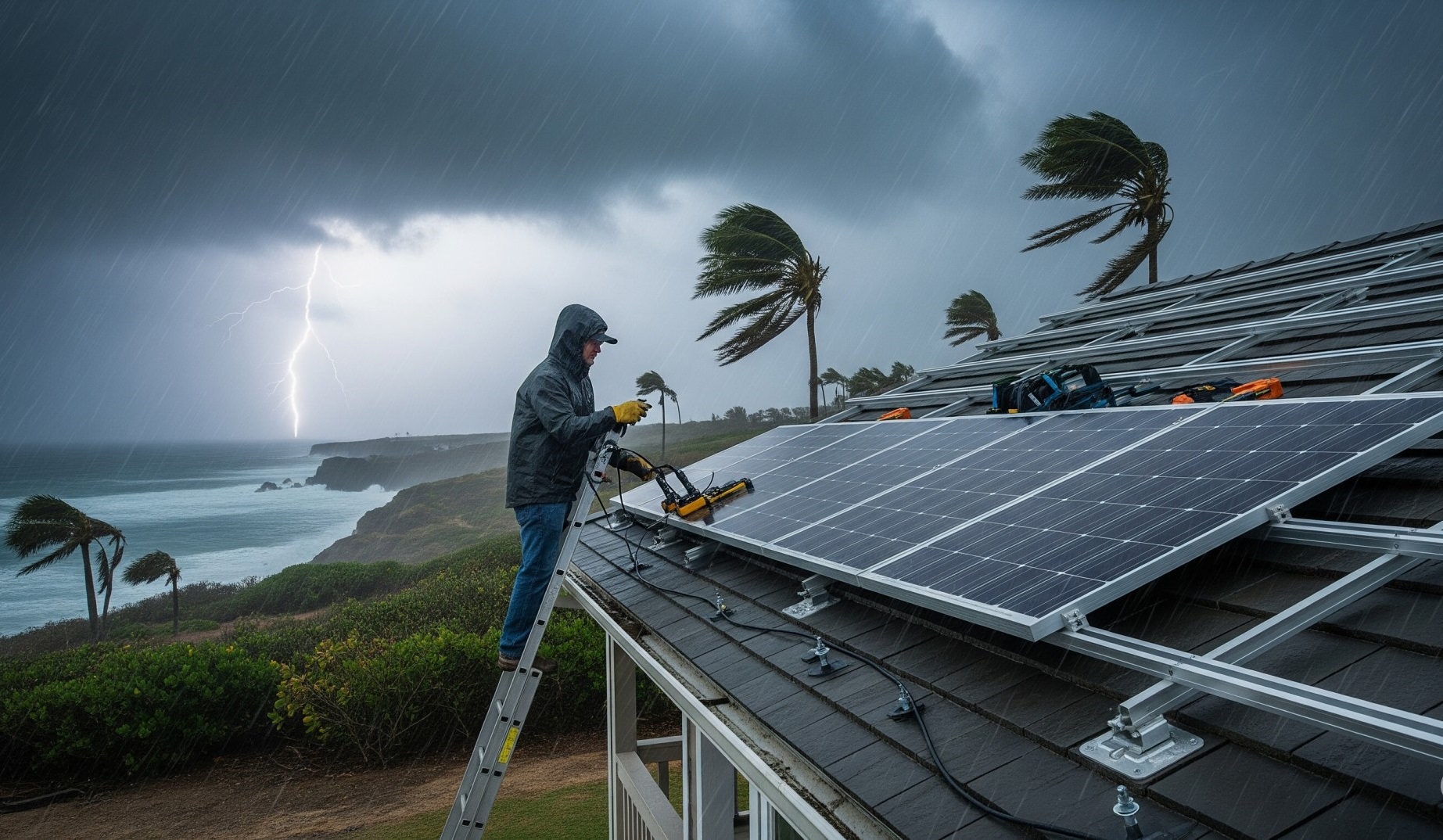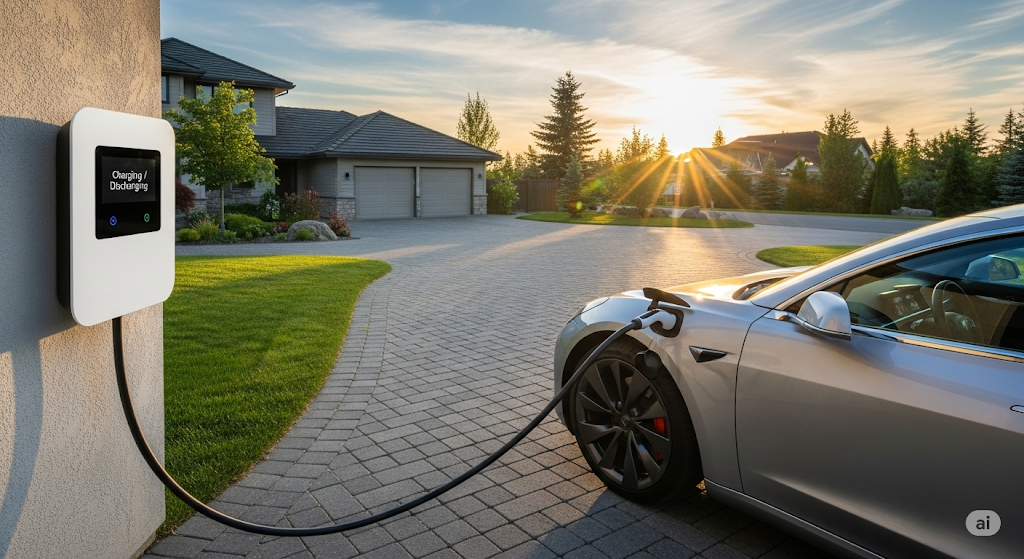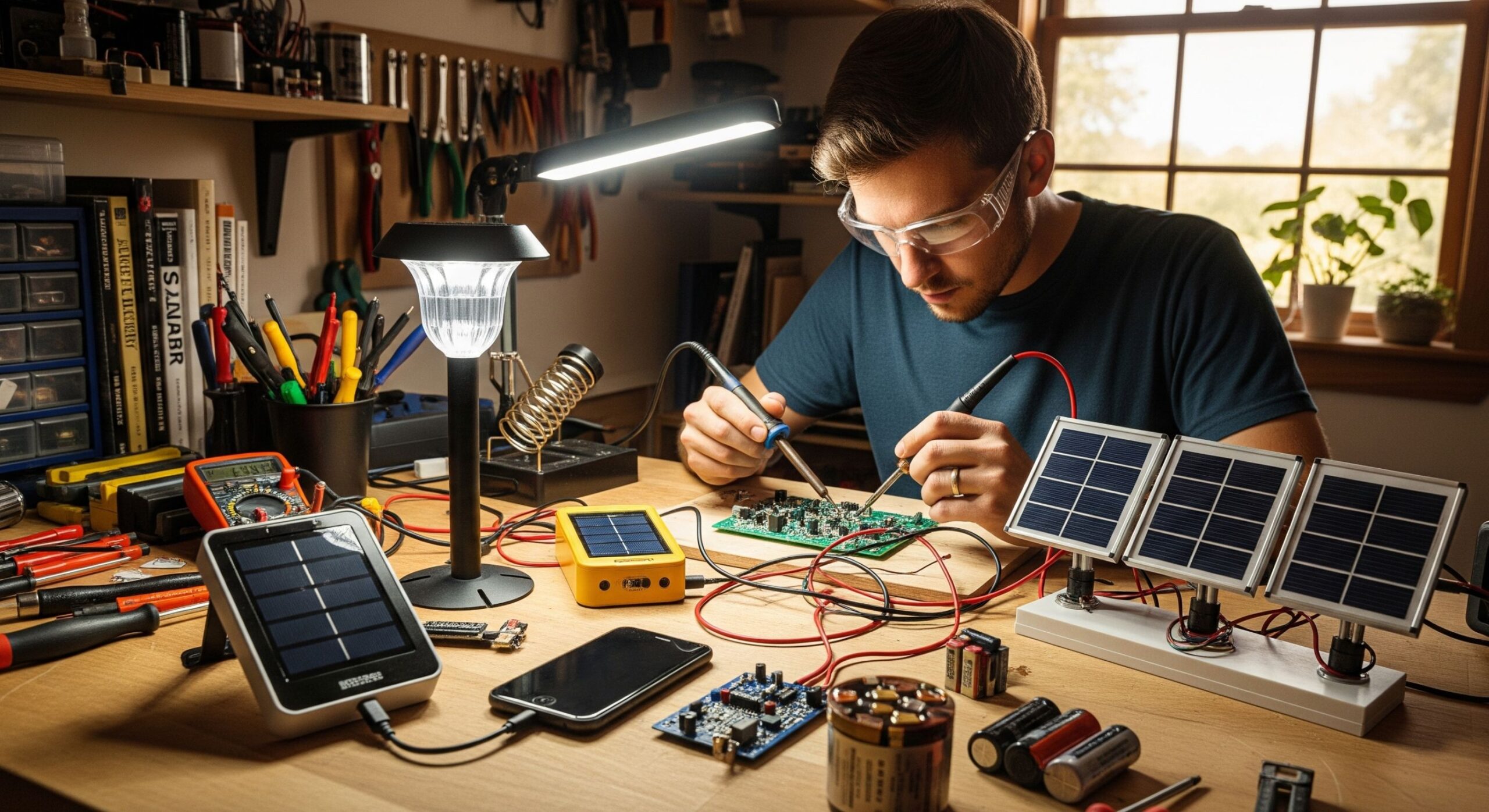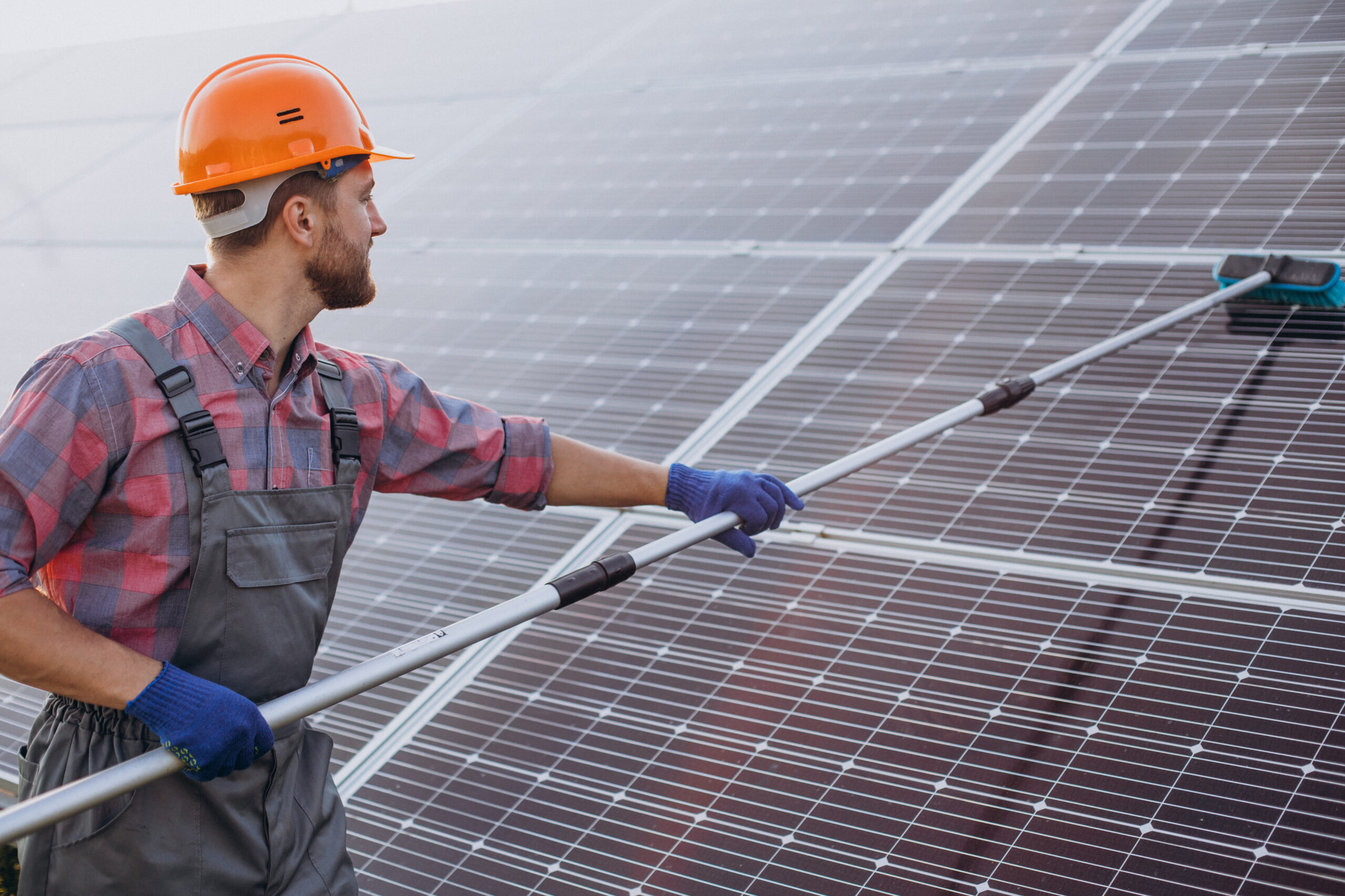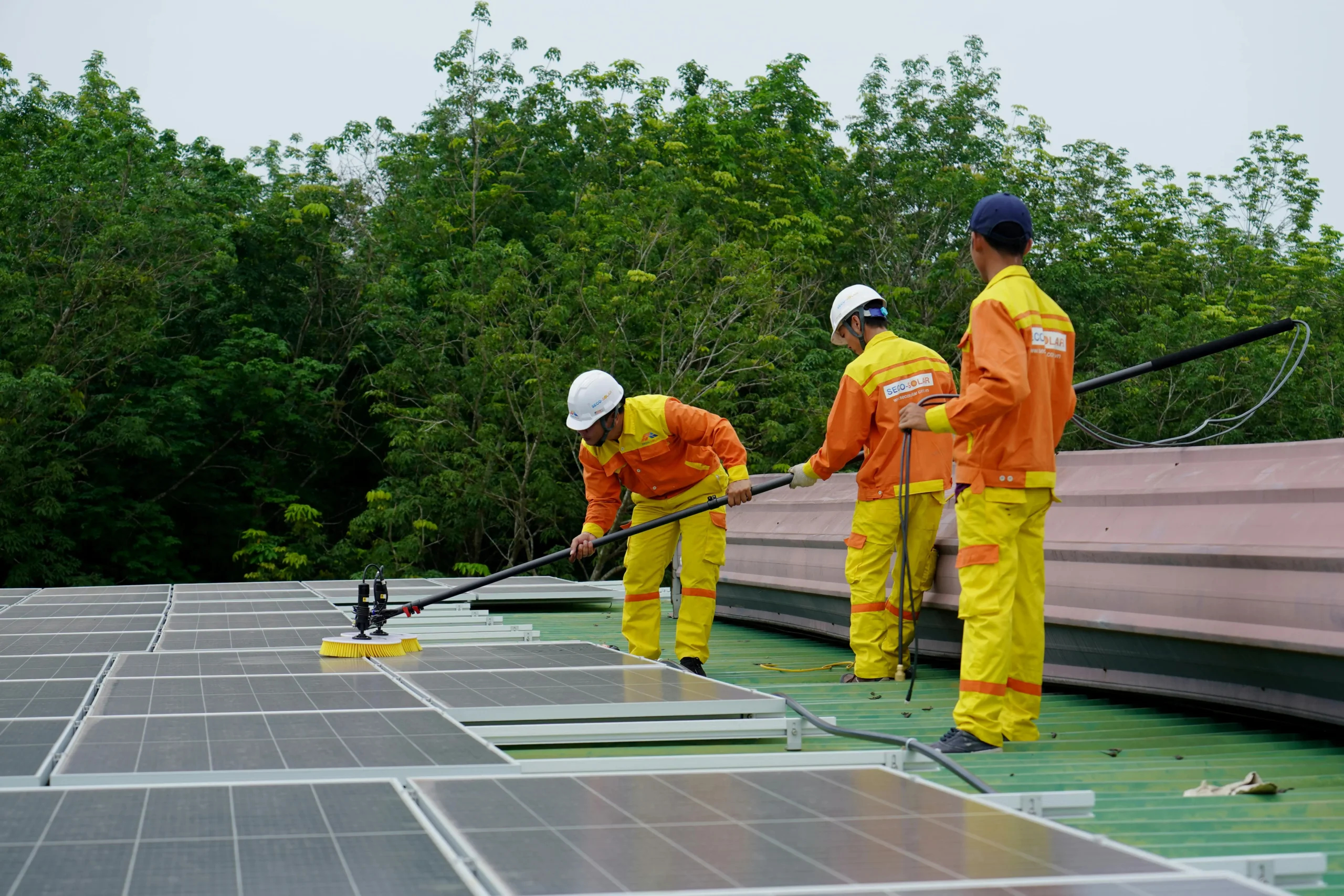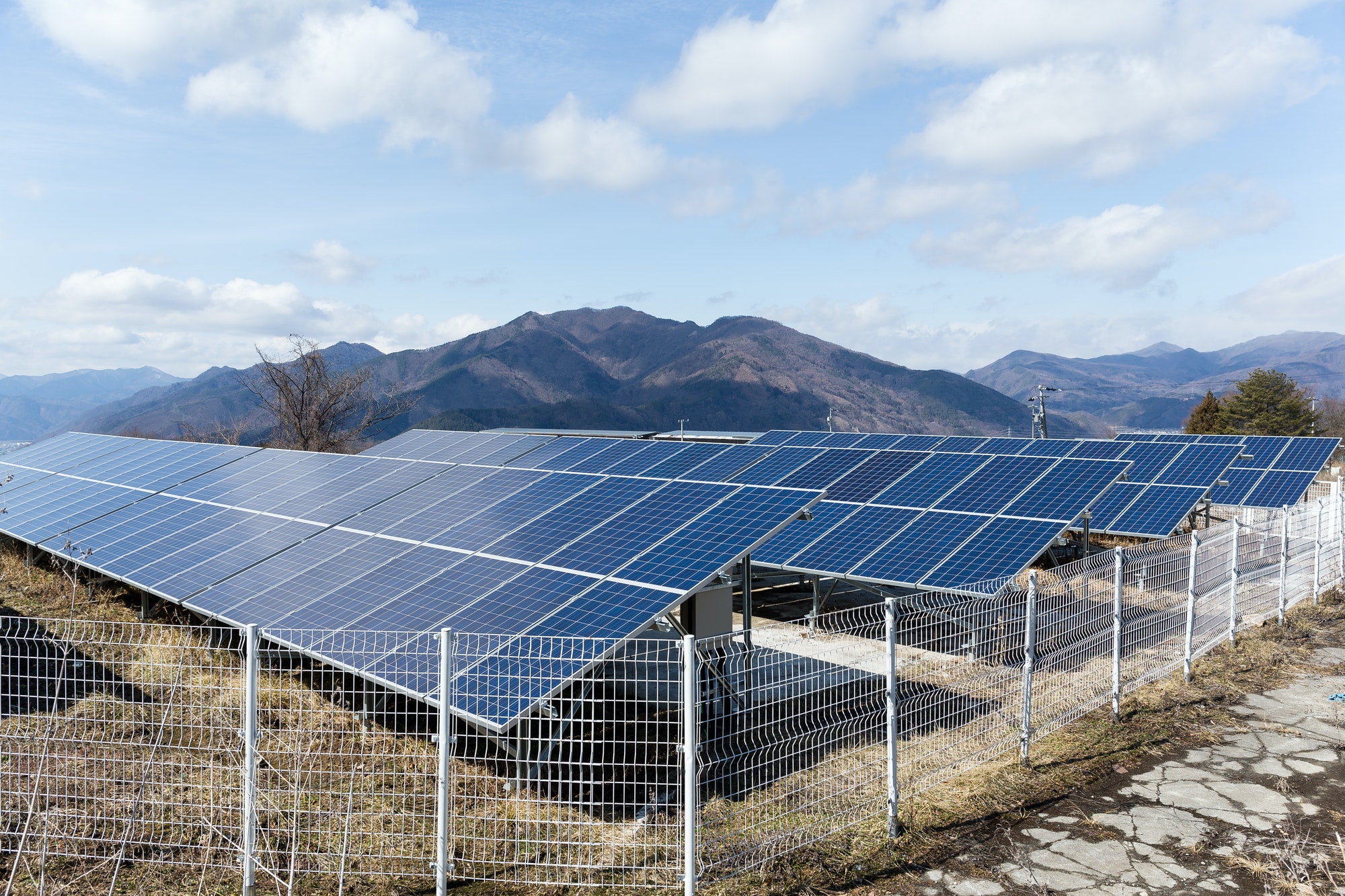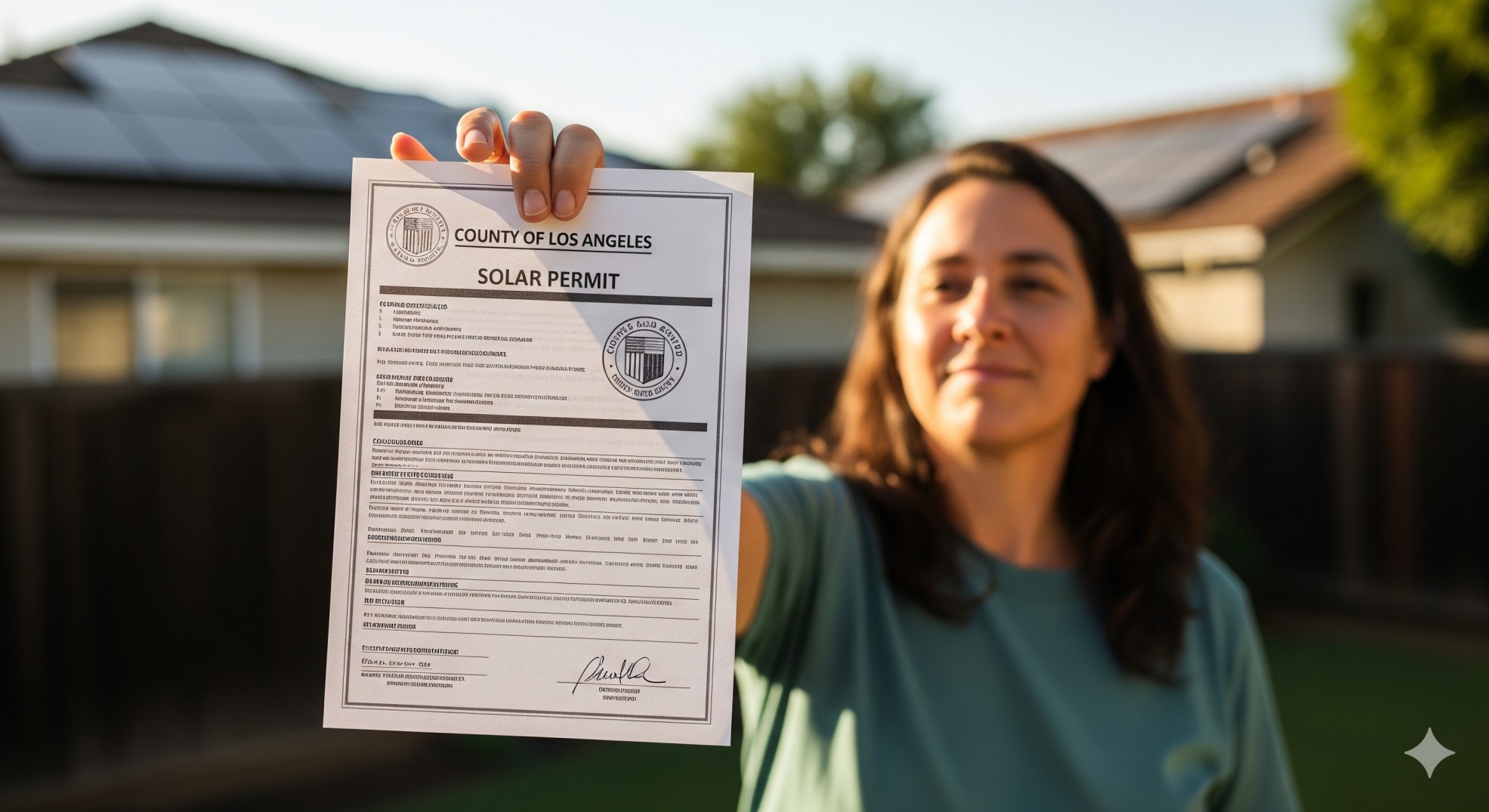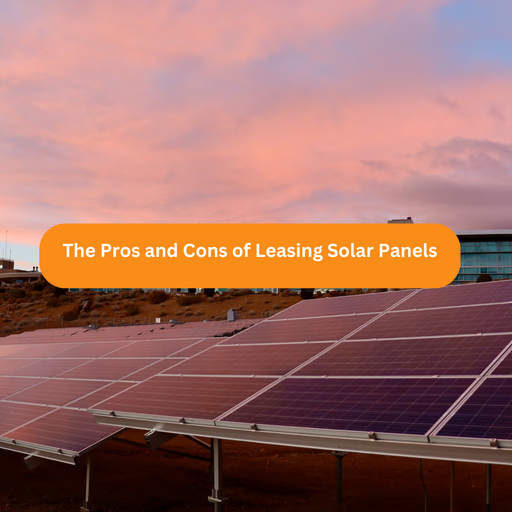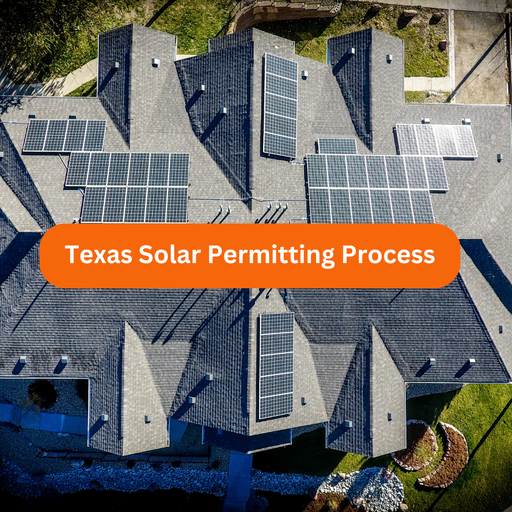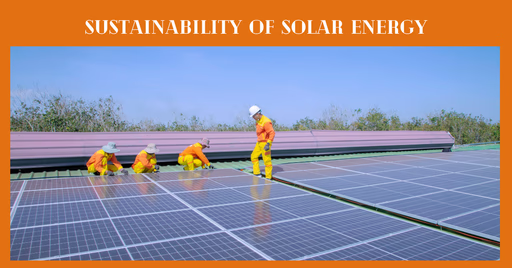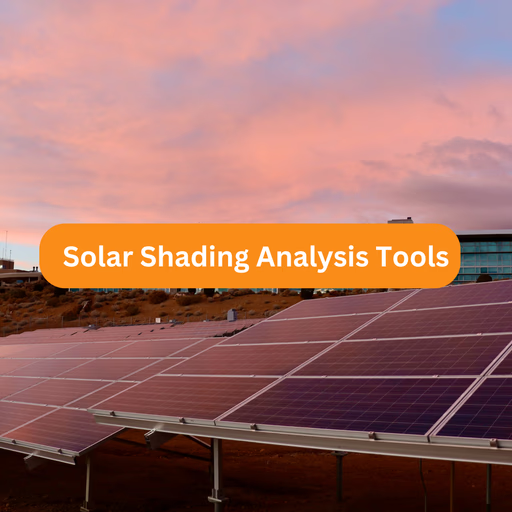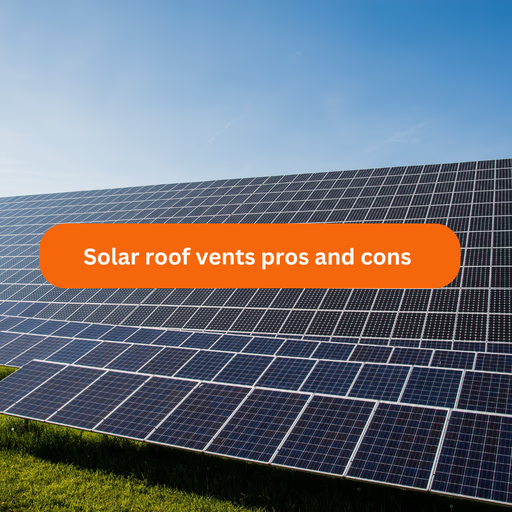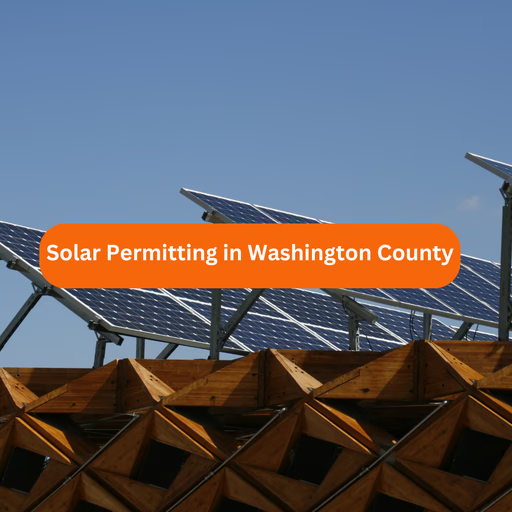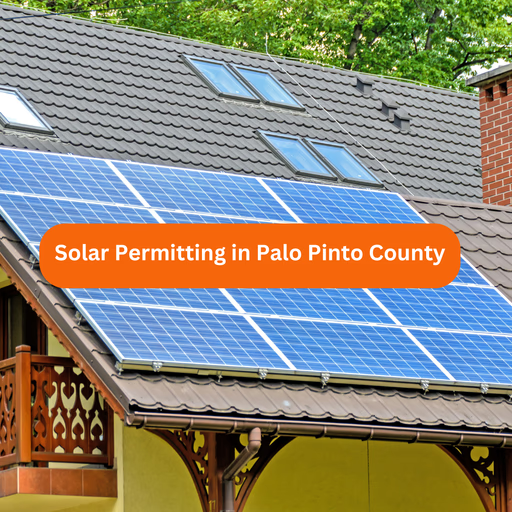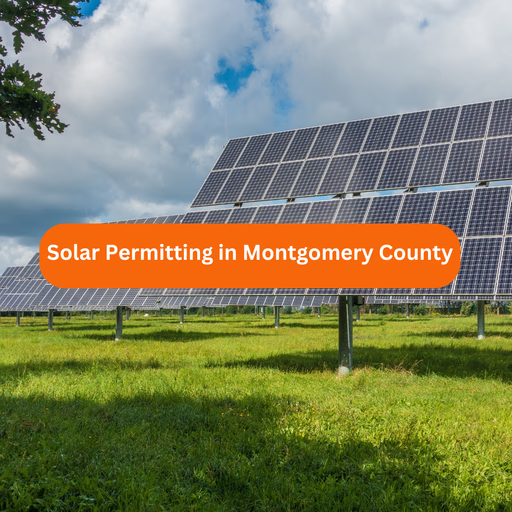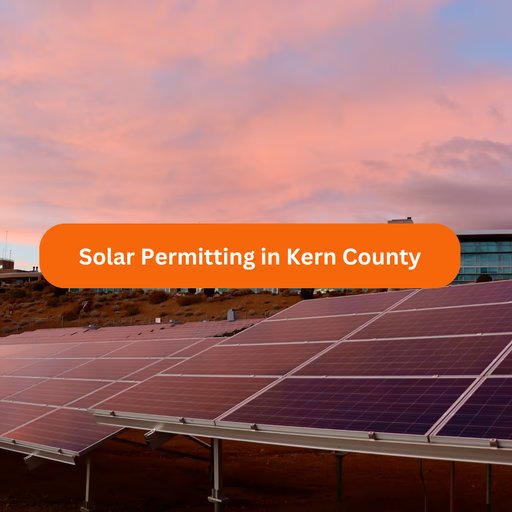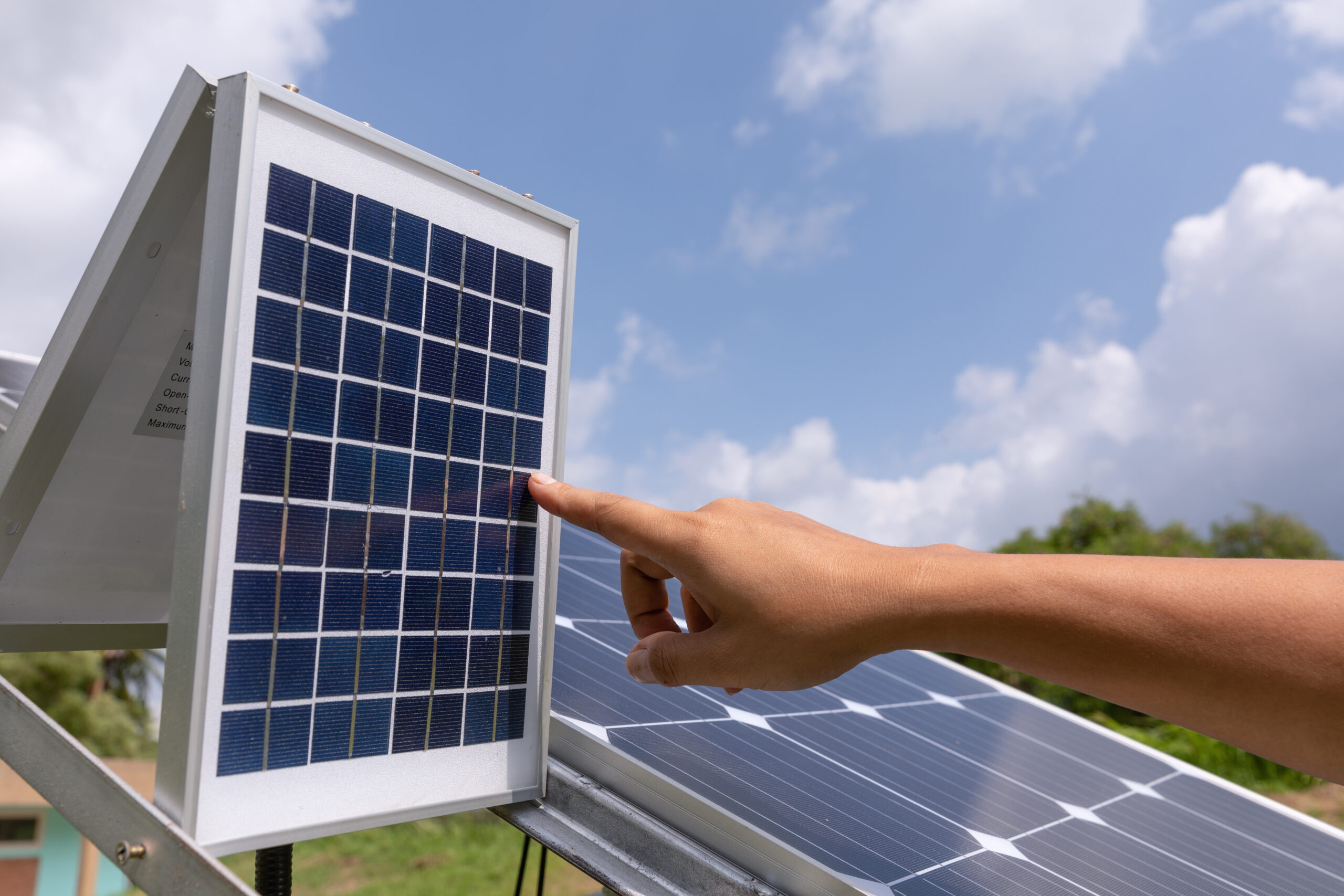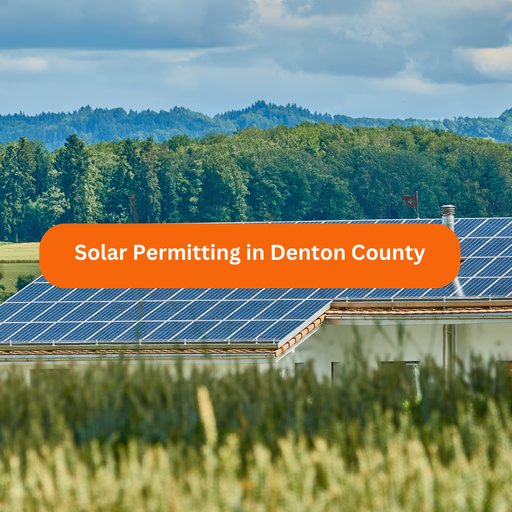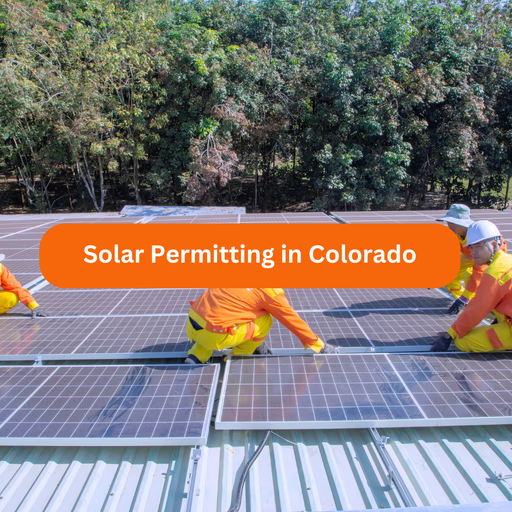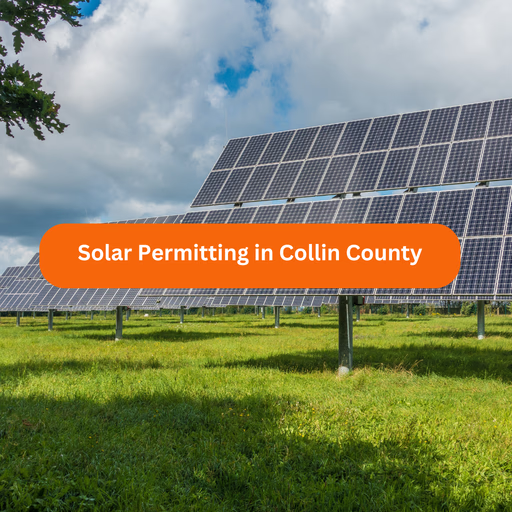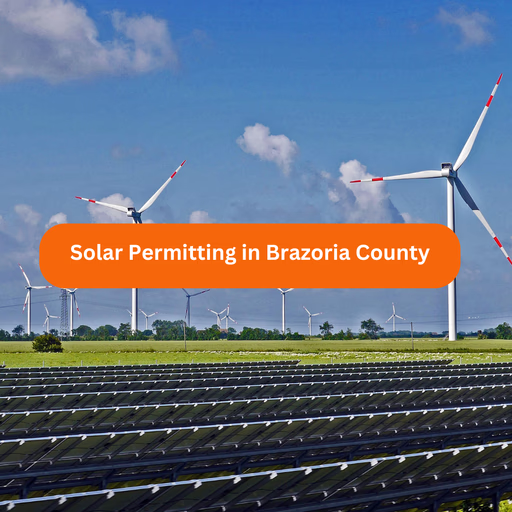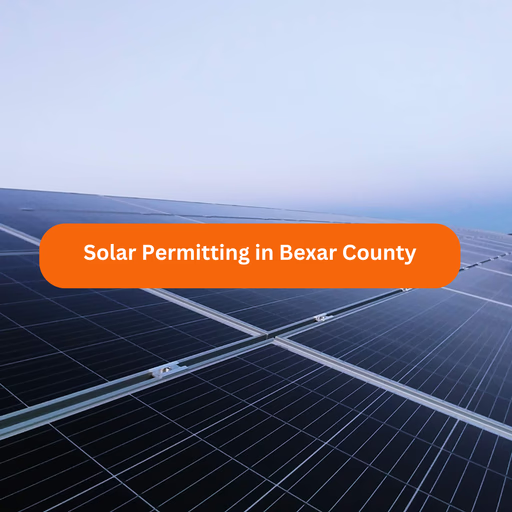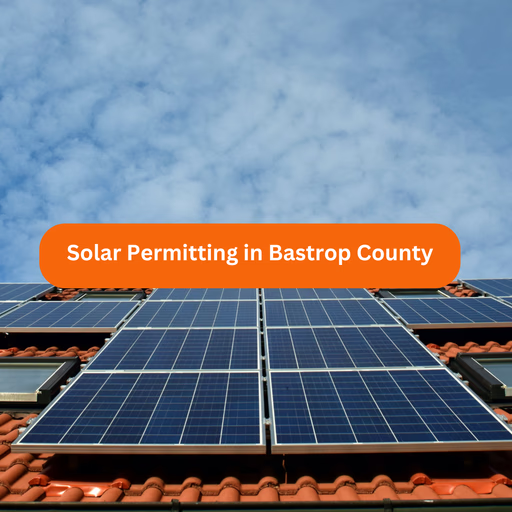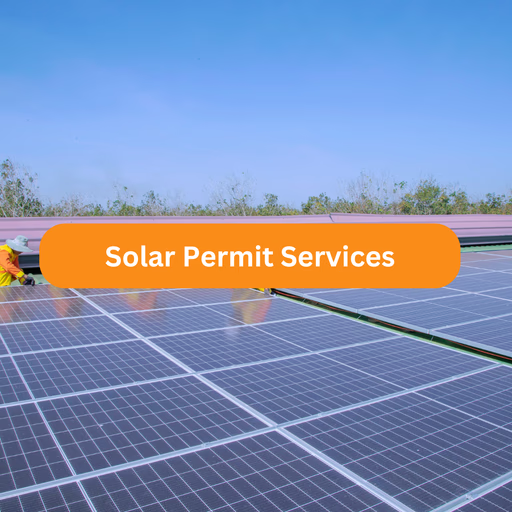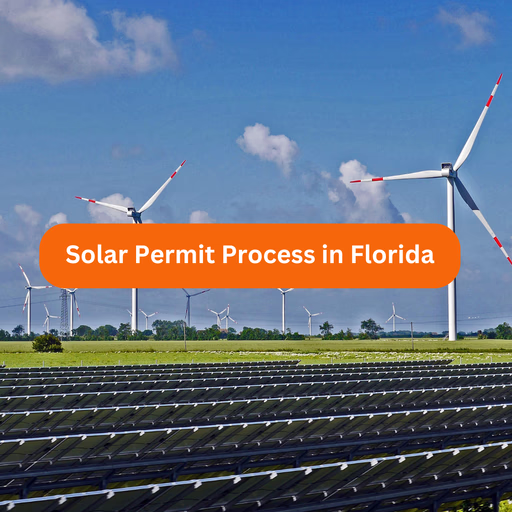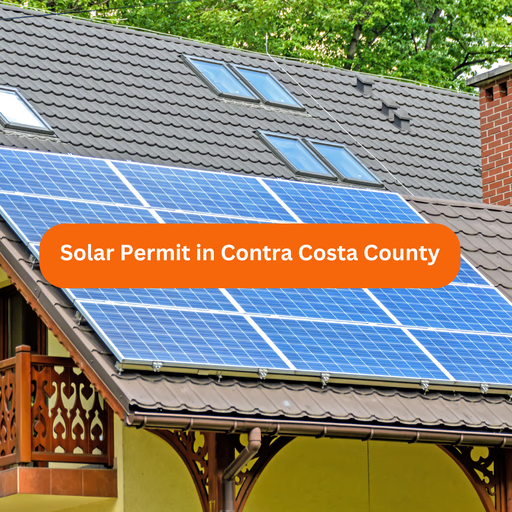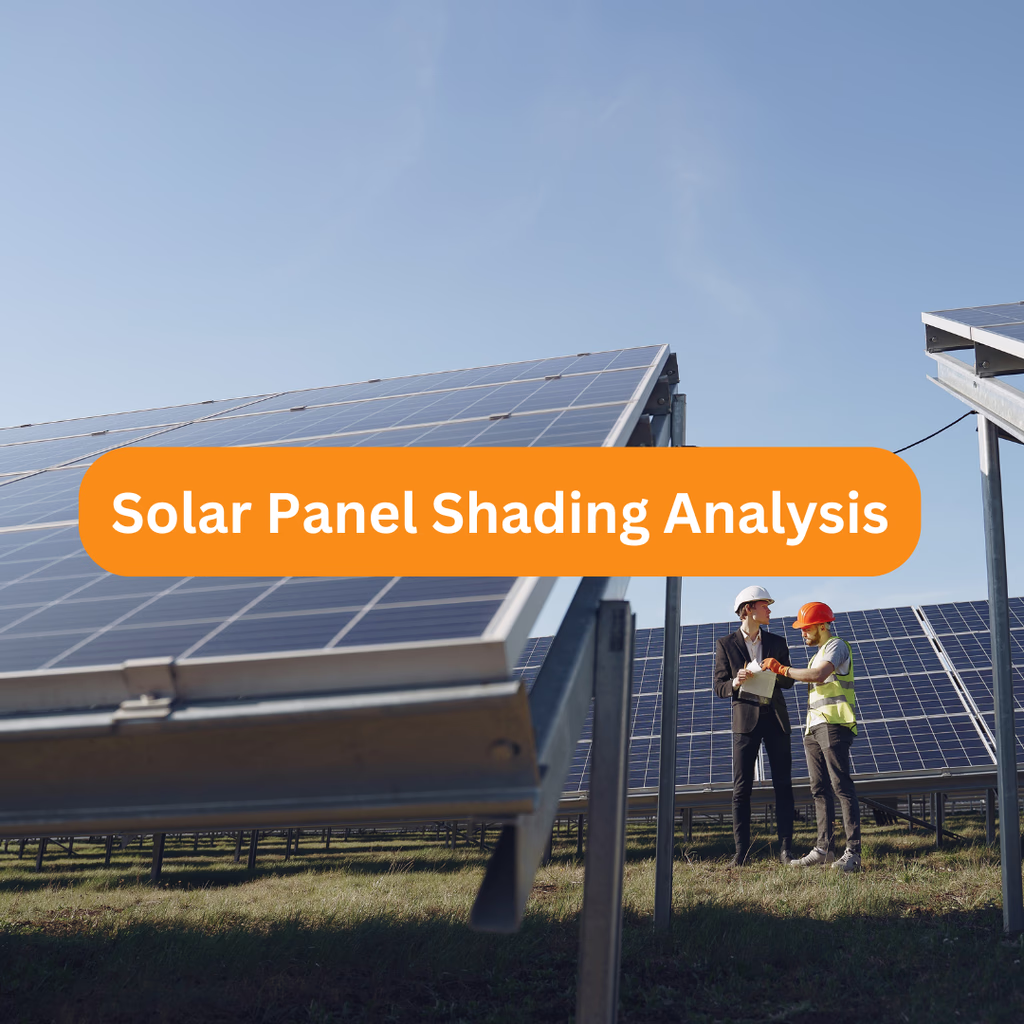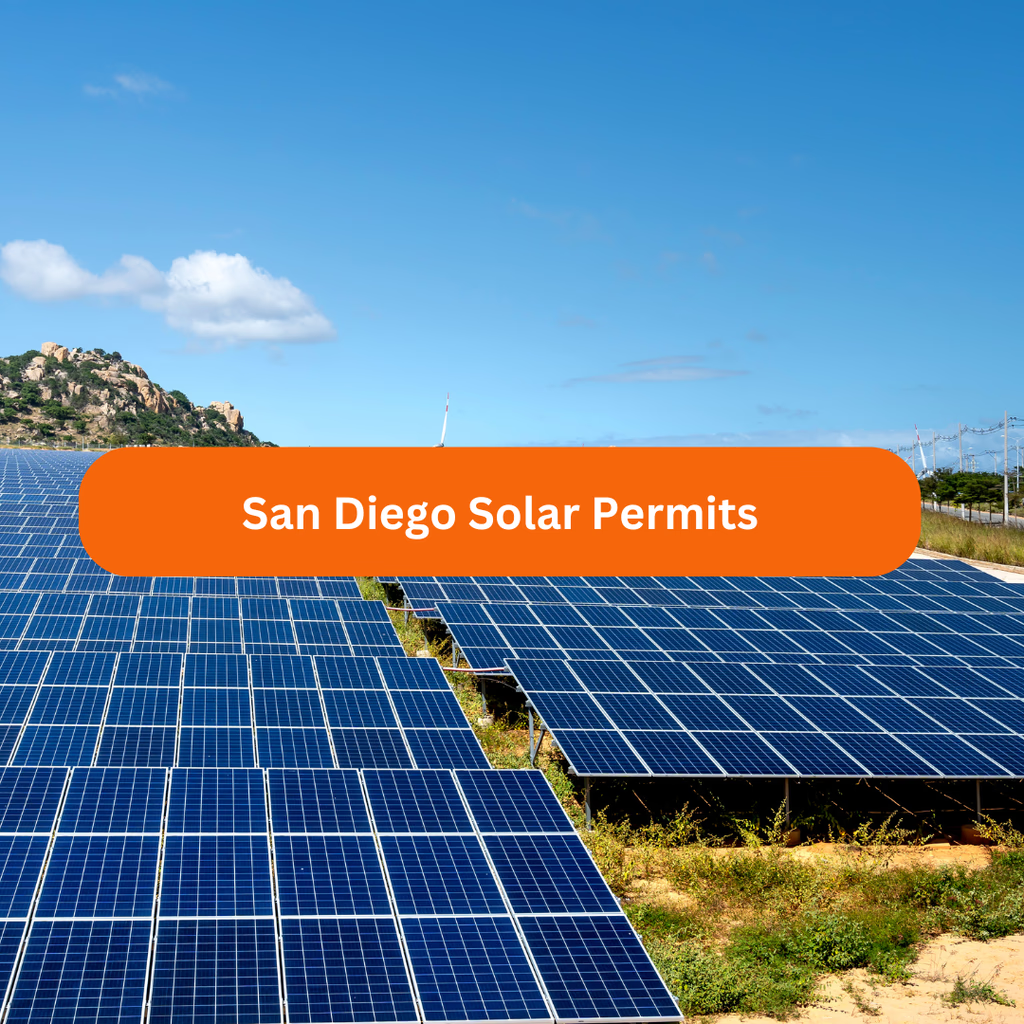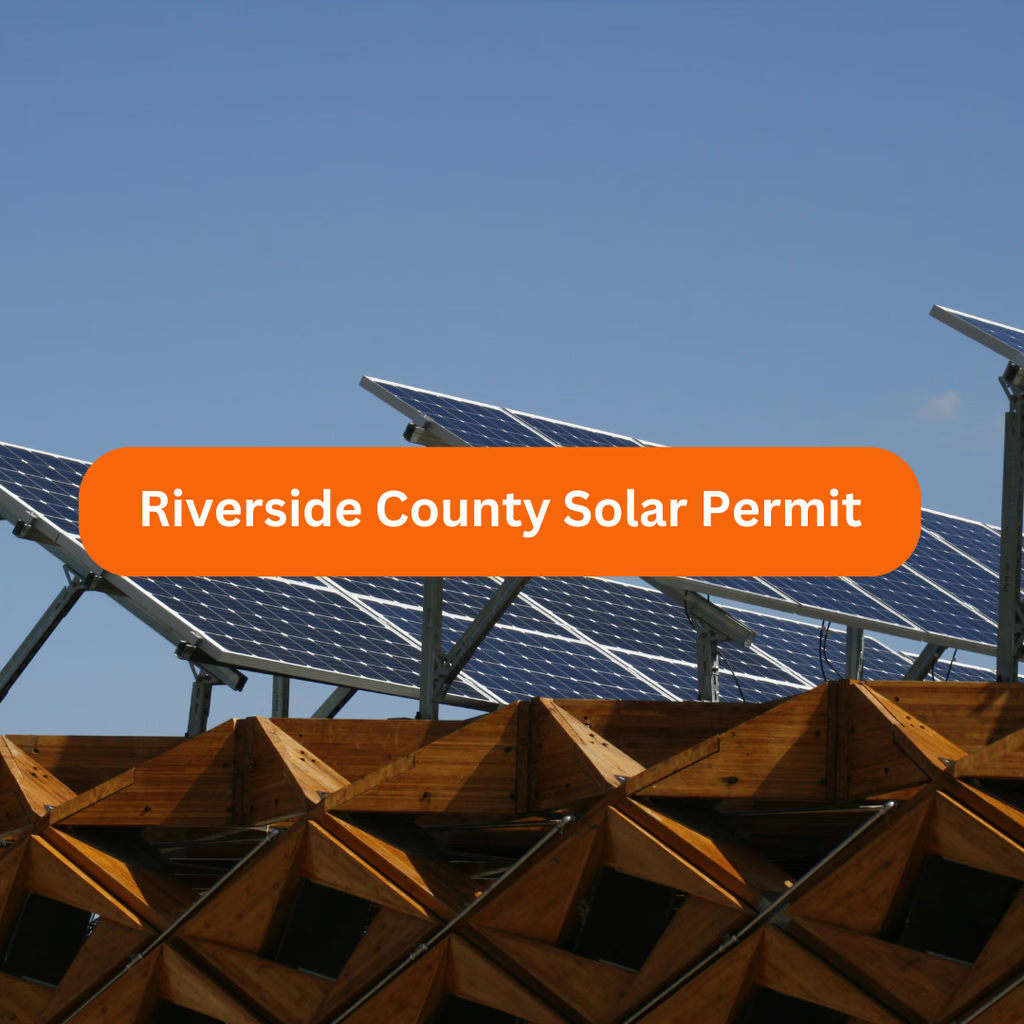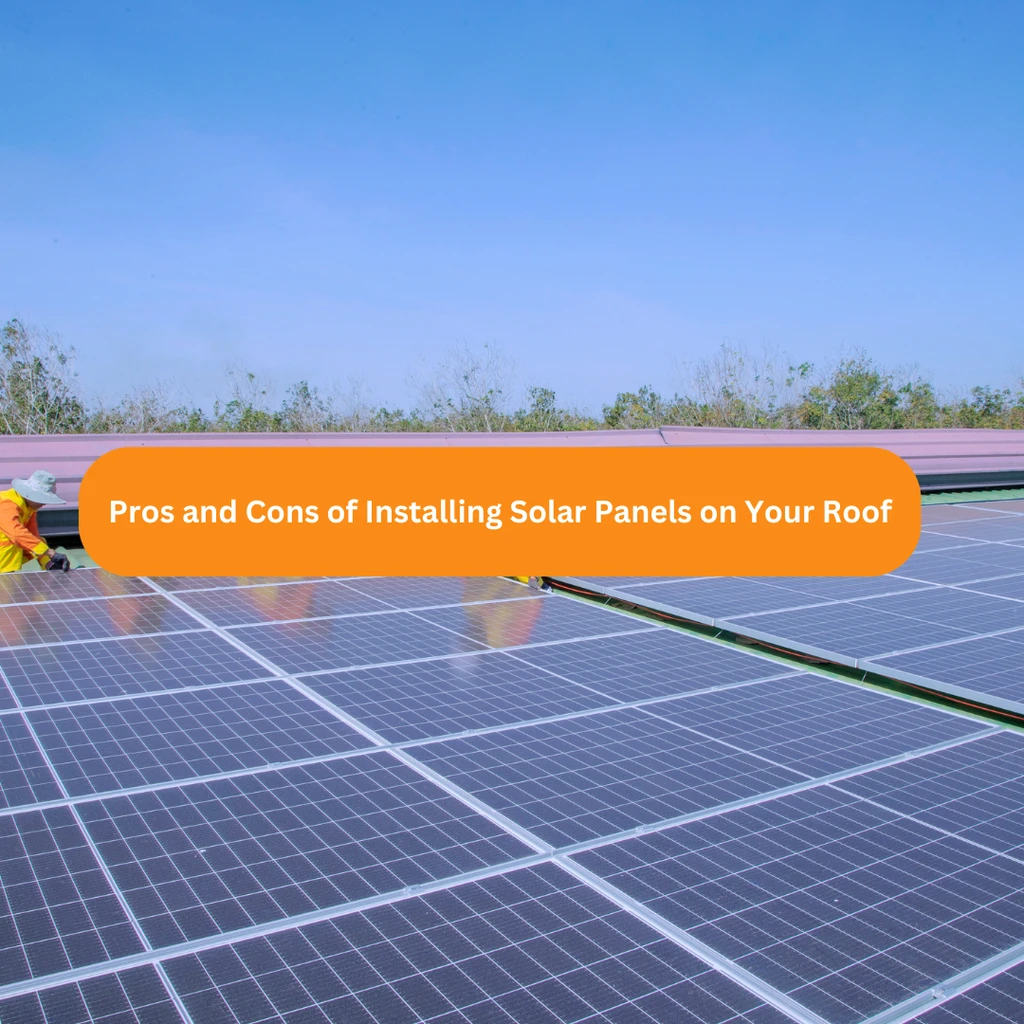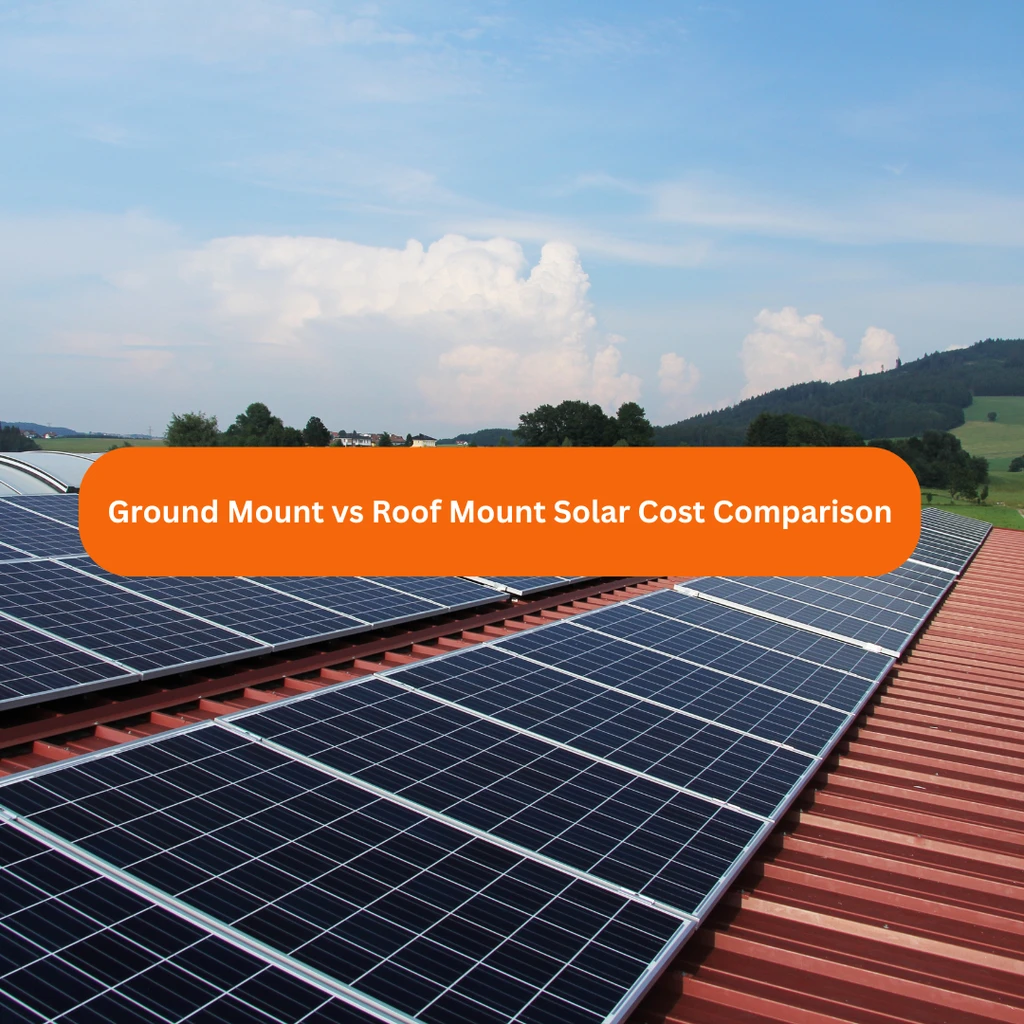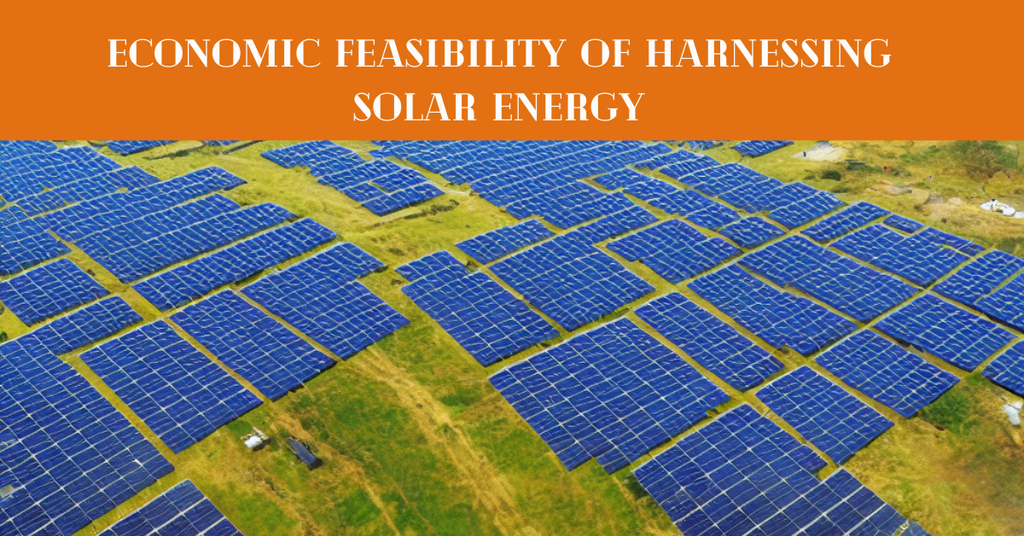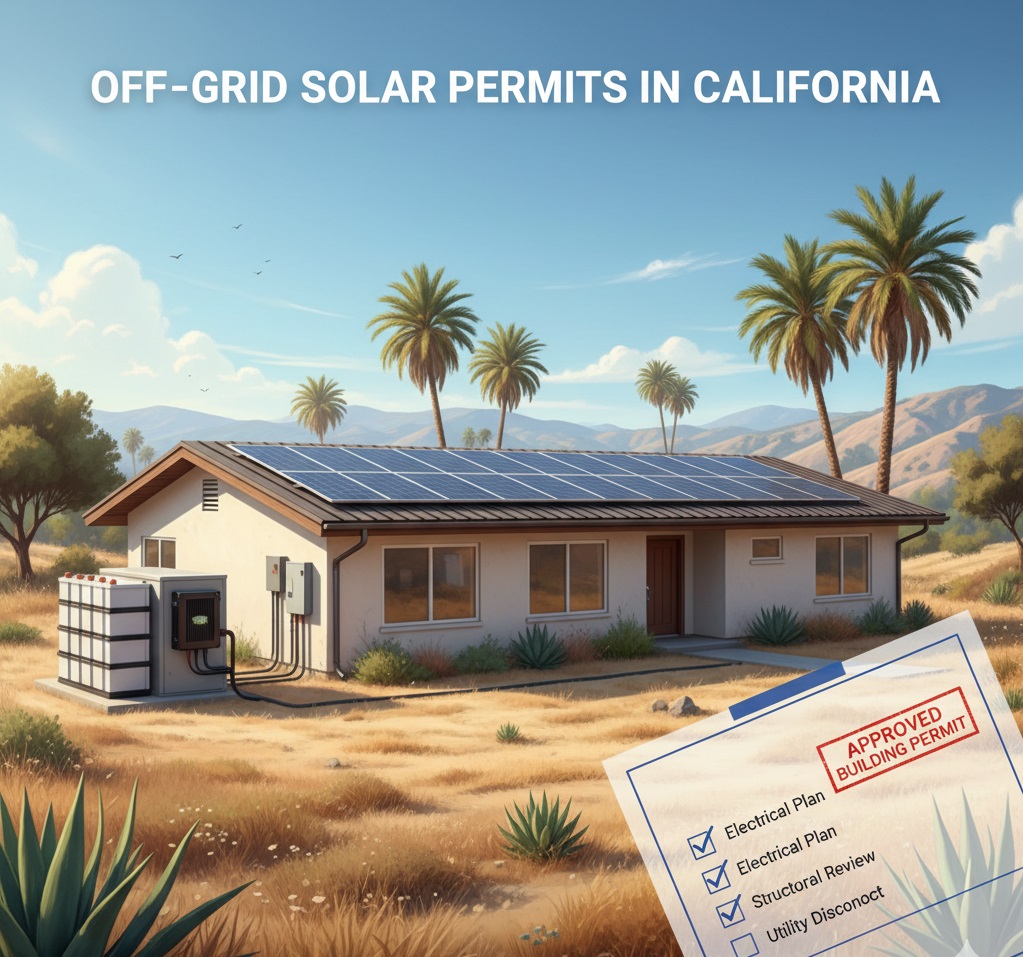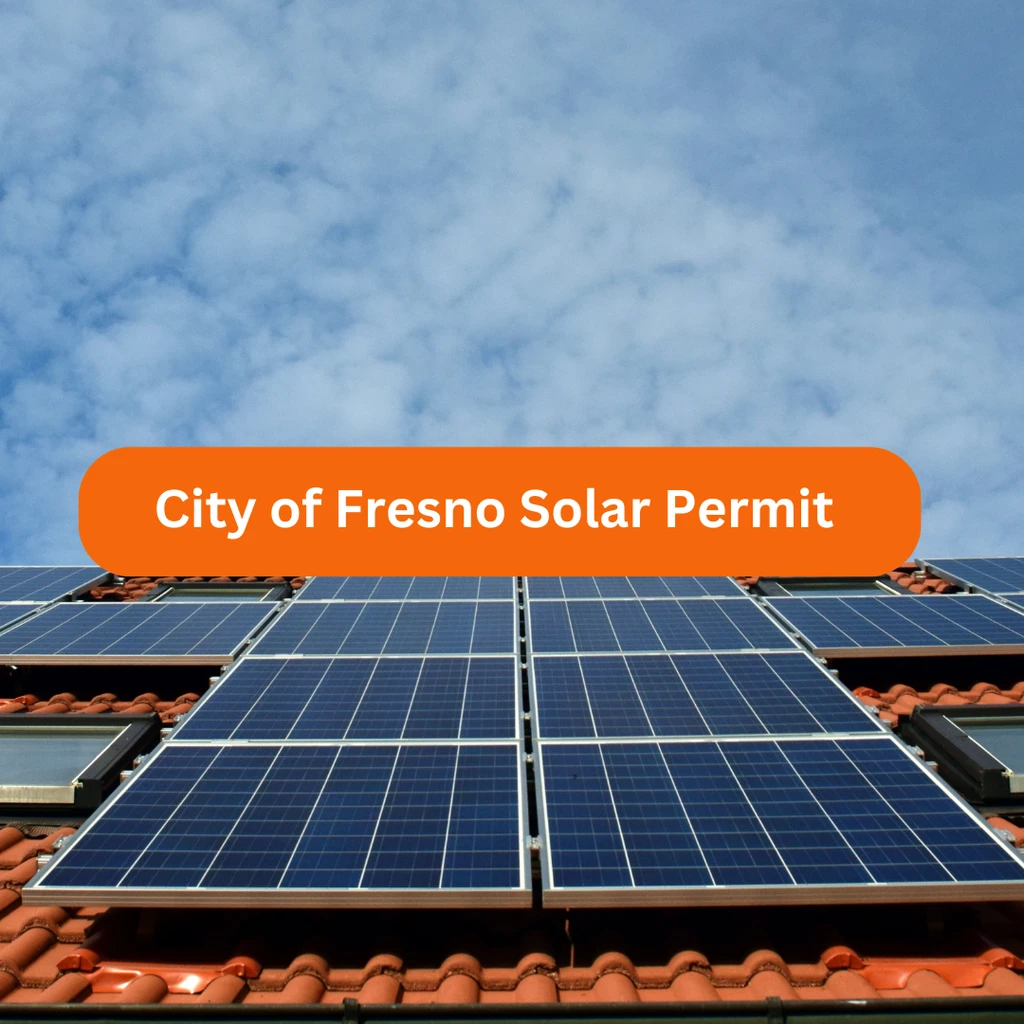Solar technology is constantly evolving, giving homeowners and businesses more options than ever to generate clean energy. Among the latest innovations, bifacial solar panels are gaining attention for their ability to capture sunlight on both sides, unlike traditional panels. But how do they really compare? Are they worth the investment? Let’s dive into the world of solar panels to understand which option offers more value.
Understanding the Basics
Before comparing, it’s important to understand what makes bifacial solar panels different from traditional solar panels.
- Traditional Solar Panels: Capture sunlight on one side, usually installed facing south for maximum sun exposure. They have been the industry standard for decades and provide reliable energy production.
- Bifacial Solar Panels: Capture sunlight on both the front and back surfaces, utilizing reflected sunlight from roofs, concrete, or snow, potentially generating 10–30% more energy than traditional panels.
Comparison Table: Bifacial vs Traditional Panels
| Feature | Bifacial Solar Panels | Traditional Solar Panels |
| Sunlight Capture | Both front and back | Front only |
| Efficiency | 10–30% higher in reflective environments | Standard efficiency |
| Durability | Tempered glass on both sides, more resistant to hail/wind | Standard tempered glass, single-sided |
| Cost | Higher upfront cost | Lower upfront cost |
| Space Requirement | Slight elevation recommended for back-side light | Direct roof installation |
| ROI | Faster in ideal conditions | Slower but predictab |
Key Advantages of Bifacial Solar Panels
- Higher Energy Output
Bifacial panels capture light from both sides, generating more electricity per square foot—ideal for homes with limited roof space. - Durability and Longevity
Tempered glass on both sides increases resistance to environmental wear, leading to a longer lifespan. - Improved Efficiency in Certain Environments
Bifacial panels perform well with reflective surfaces like white roofs, light-colored pavements, or snowy regions. Traditional panels miss this extra sunlight.
Installation Considerations
Bifacial solar panels require careful planning:
- Surface Reflectivity: Optimizes energy capture.
- Panel Height and Tilt: Elevation allows more light to reach the backside.
- Spacing: Avoid shading between rows.
Traditional panels are simpler to install, needing only direct sunlight.
Real-World Performance
Studies show bifacial panels can outperform traditional panels by 10–25% in energy generation depending on conditions. Regions with high sun reflection, like deserts, see the most benefits.
Environmental Impact
Both panel types reduce carbon emissions and reliance on fossil fuels. Bifacial panels may reduce the overall material footprint per watt due to higher efficiency.
Making the Right Choice
Choosing the right panel depends on:
- Budget: Traditional panels are more cost-effective upfront.
- Roof Space: Limited space favors bifacial panels.
- Environment: Reflective or sunny environments maximize bifacial efficiency.
- Long-Term Goals: For maximum energy generation, bifacial panels can be ideal.
Final Thoughts
Both bifacial solar panels and traditional panels offer unique advantages. Bifacial panels are efficient, durable, and ideal for reflective environments, while traditional panels remain reliable and cost-effective.
By consulting with professionals like Solarestique, you can ensure your solar installation is optimized for energy efficiency, long-term savings, and sustainable living.
